The Sony a1 II redefines professional workflows with 50.1MP, AI-based subject recognition, and 8K video, delivering unmatched speed and precision.
The post Sony a1 II: Advanced AI and 50.1MP for Pro Photography first appeared on Trendy Gadget.
The Sony a1 II redefines professional workflows with 50.1MP, AI-based subject recognition, and 8K video, delivering unmatched speed and precision.
The post Sony a1 II: Advanced AI and 50.1MP for Pro Photography first appeared on Trendy Gadget.
What is the point of being portable if you can’t exactly carry it everywhere? Granted, you can indeed bring the PlayStation Portal anywhere inside the house as long as it’s within range of a Wi-Fi network that’s connected to your PlayStation 5. That’s definitely fine if that’s all you ever want to do, but not in the age of gaming handhelds.
Launching after the Nintendo Switch, the Steam Deck, and a whole host of other gaming PC handhelds, the PS Portal definitely felt limiting and disappointing. Fortunately, it seems that Sony is finally giving what PS fans have been clamoring for, allowing remote cloud access to PlayStation games anywhere they are.
Designer: Sony
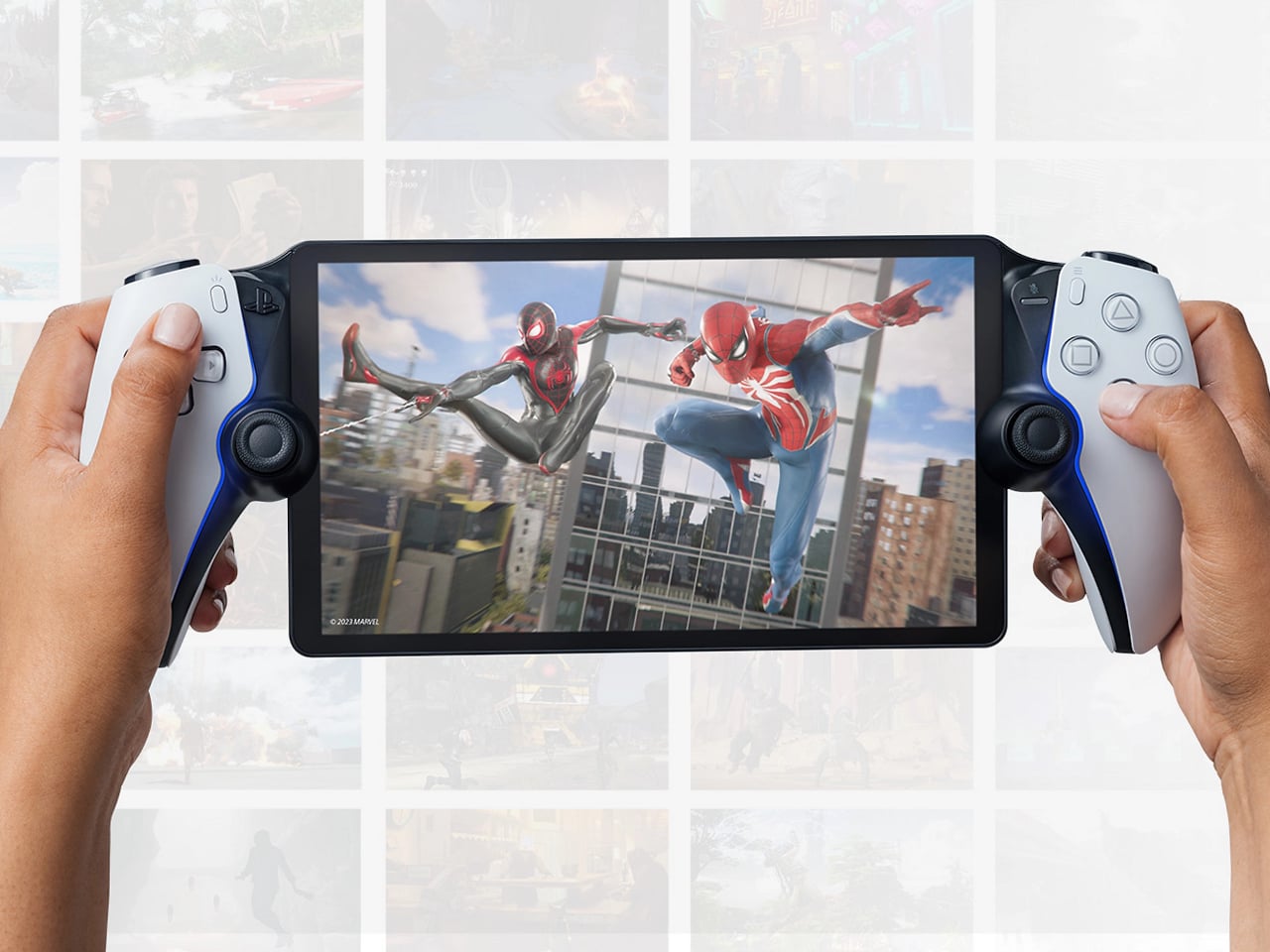
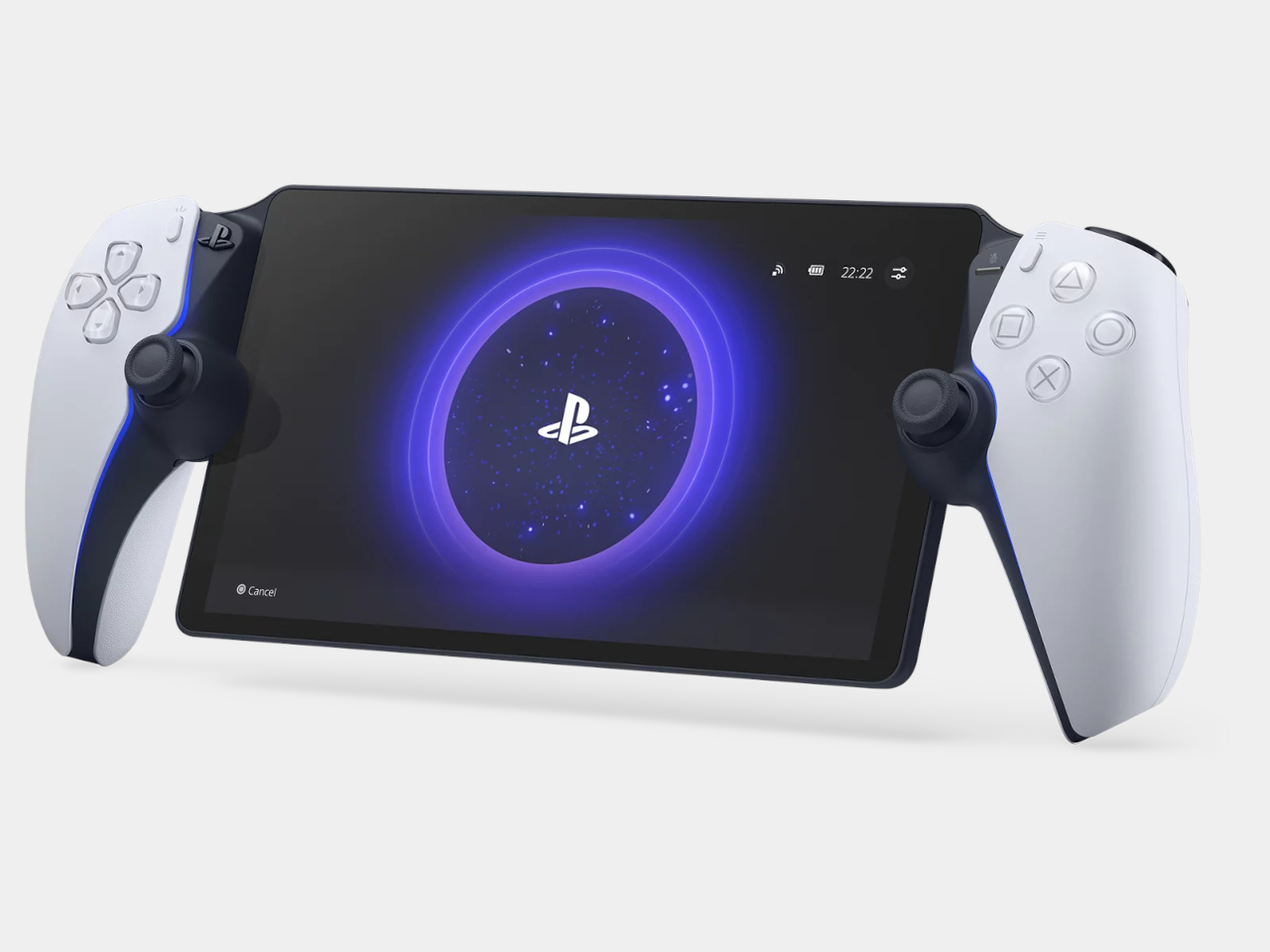
To be fair, the official branding of the PlayStation Portal calls it a “Remote Player for PS5 Console.” Its large size, practically an 8-inch tablet flanked by split DualShock controllers, isn’t something you can easily stash inside a bag anyway. Given the popularity of handheld consoles these days, not to mention the absence of an Xbox handheld as well, the limited “local network” functionality of the PS Portal still felt like a step backward.
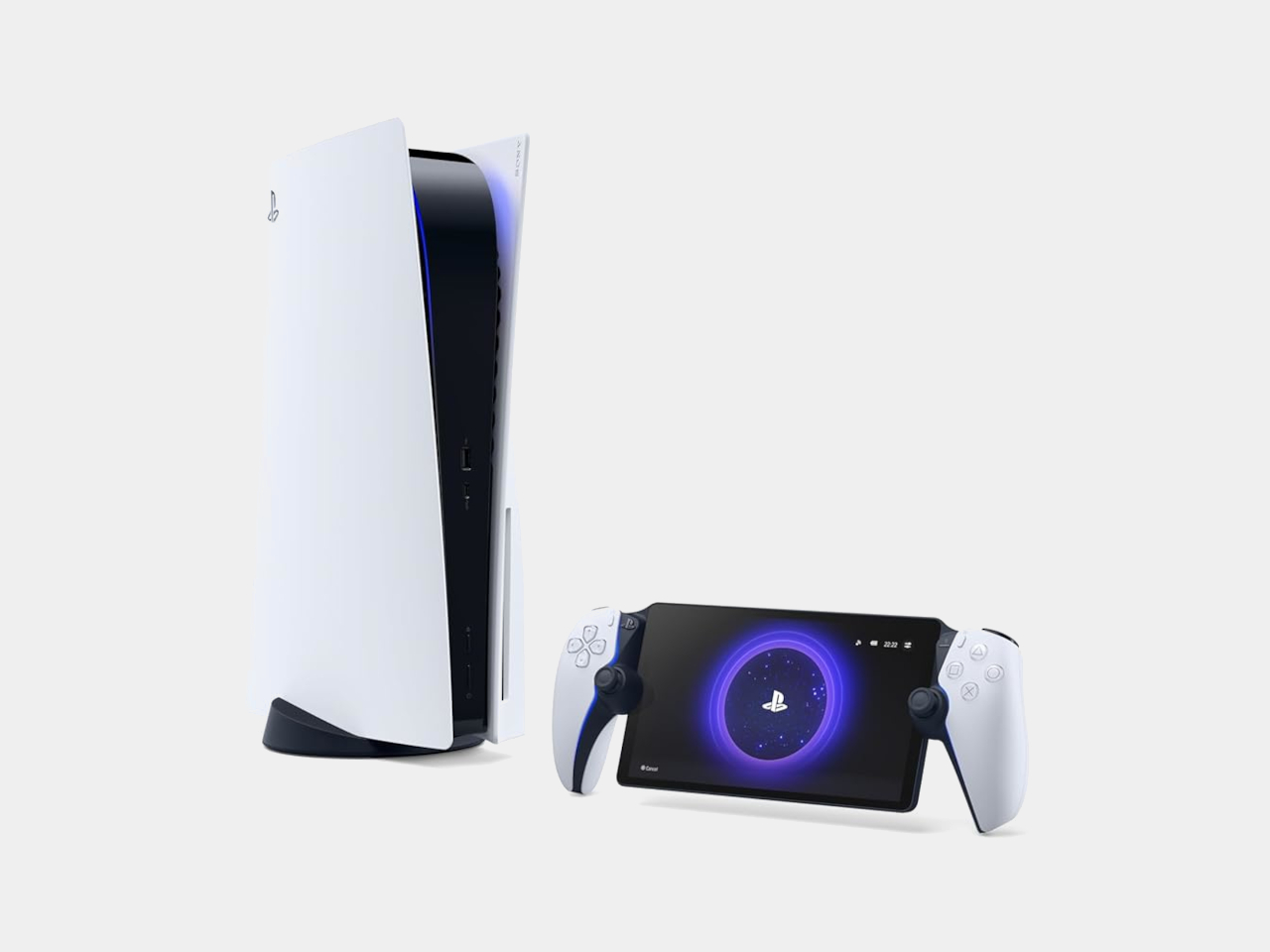
A new system update for the remote player device is finally taking steps in the right direction. It is enabling cloud streaming support for PlayStation Plus Premium members, which practically means they’ll be able to play a select number of games from anywhere. Even better, they don’t even need to own a PS5 console since they will be streaming from Sony’s servers.
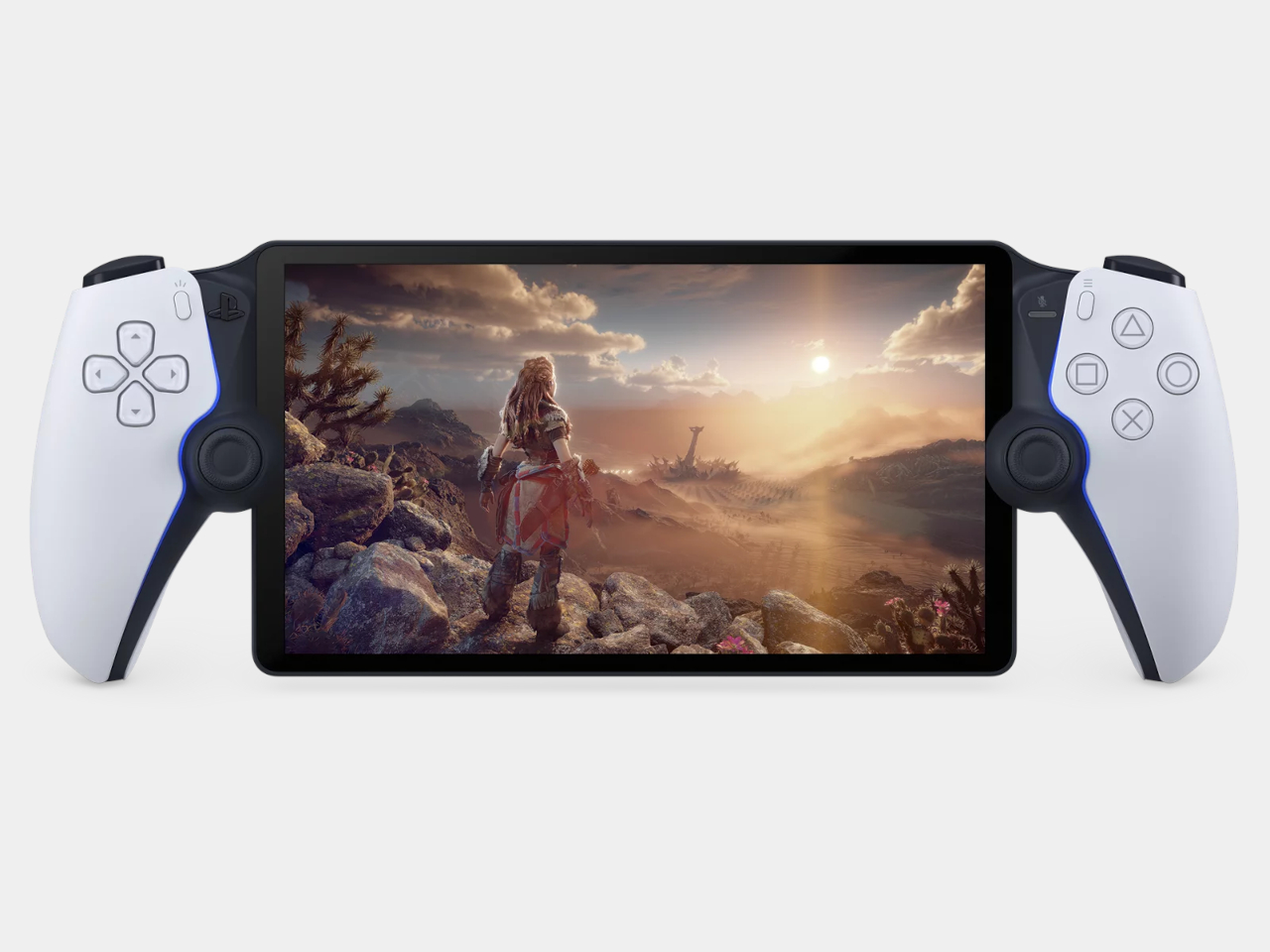
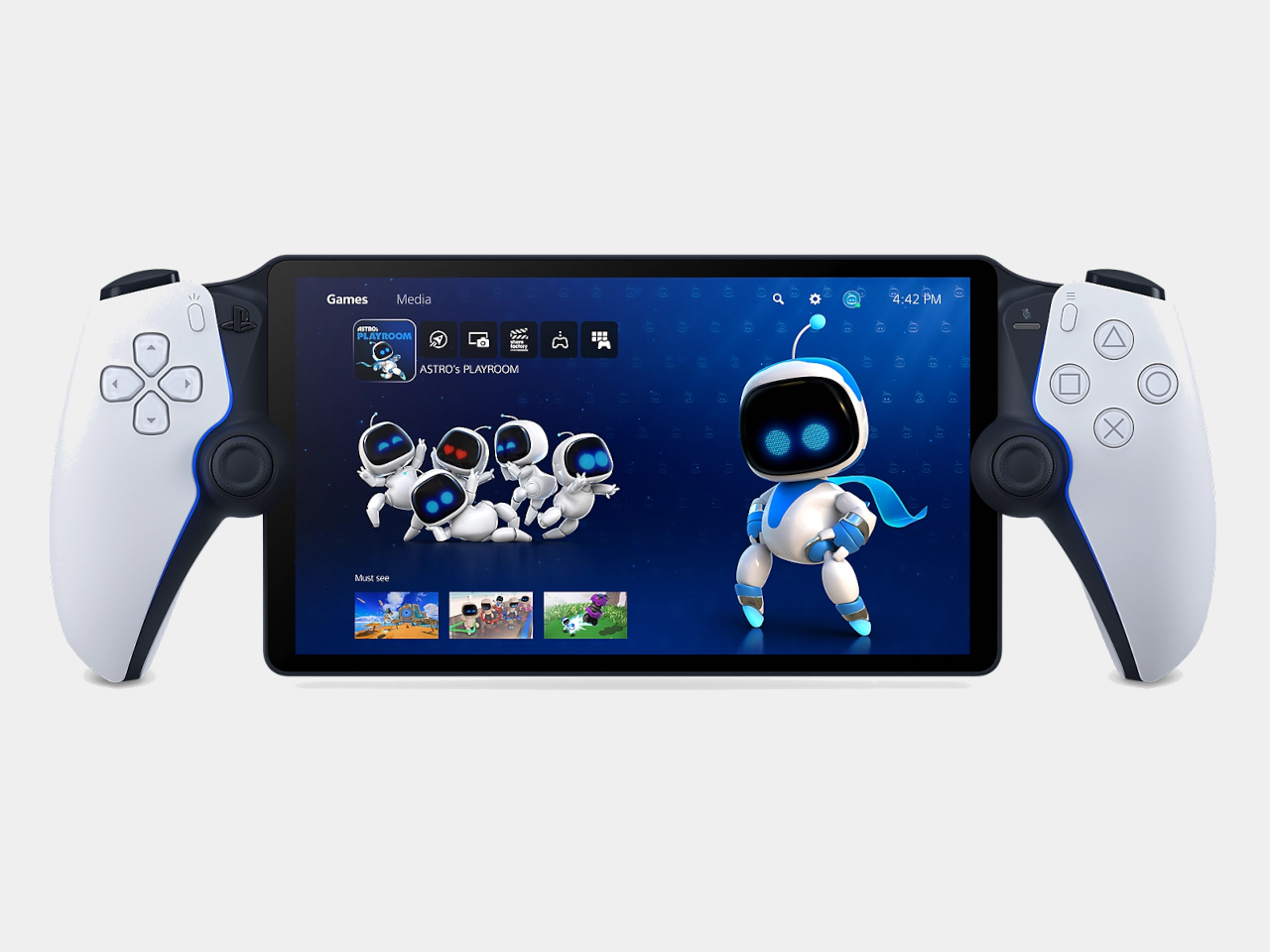
The feature is still in beta, so there are a few caveats like maxing out quality at 1080p/60fps and no access to PS4 or PS3 games in the catalog. A few PS Plus features are also not available, including party voice chat and in-game commerce, but these restrictions are to be expected during the early testing stages anyway.
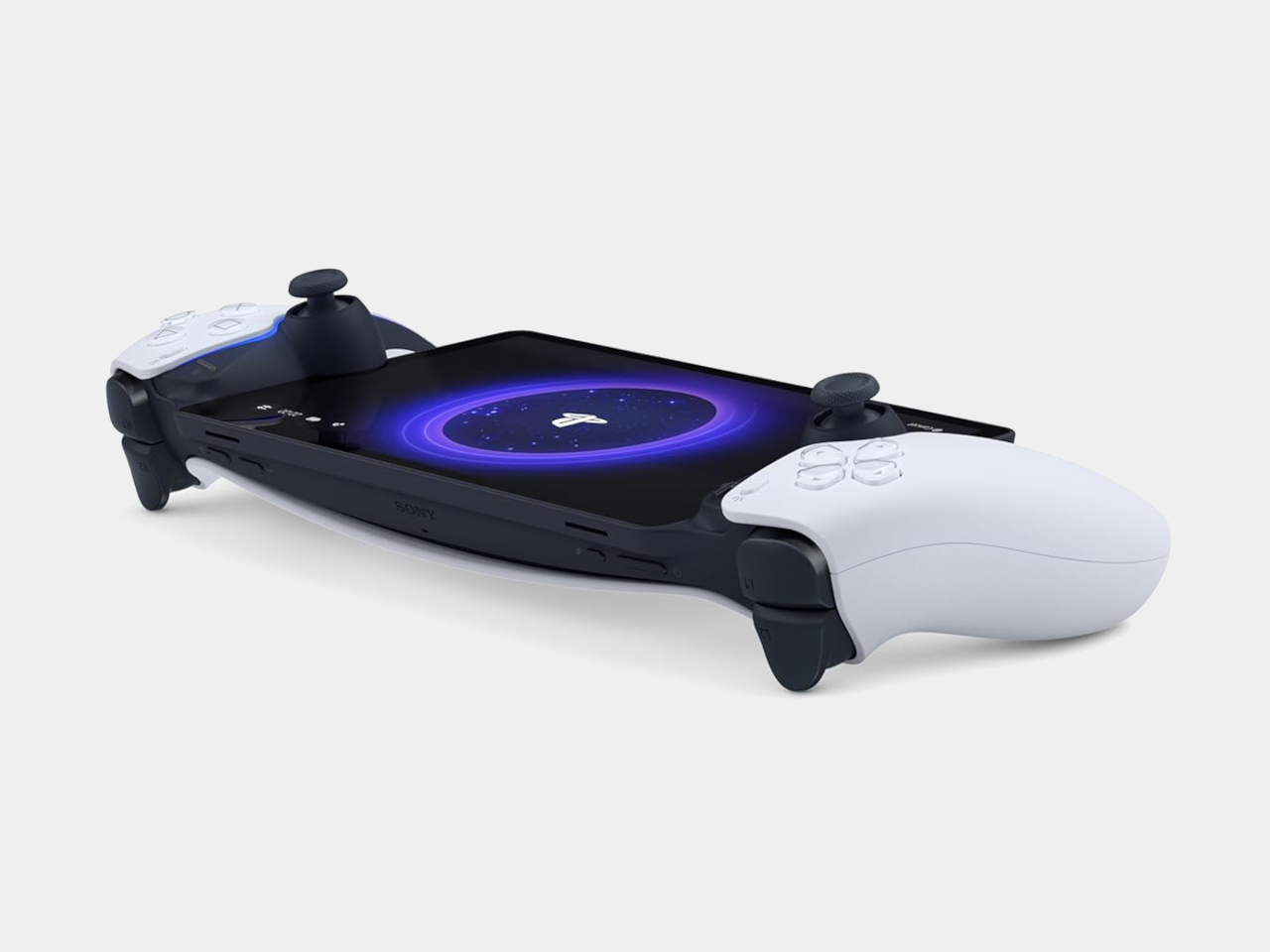
Game streaming has its fair share of downsides, particularly when it comes to the required Internet bandwidth. Even streaming at just 720p requires a steady 7Mbps connection, while 1080p needs a good 13 Mbps speed. It still doesn’t have the true portability of other handheld consoles that let you play games installed locally, but it’s an acceptable compromise for the PlayStation ecosystem.
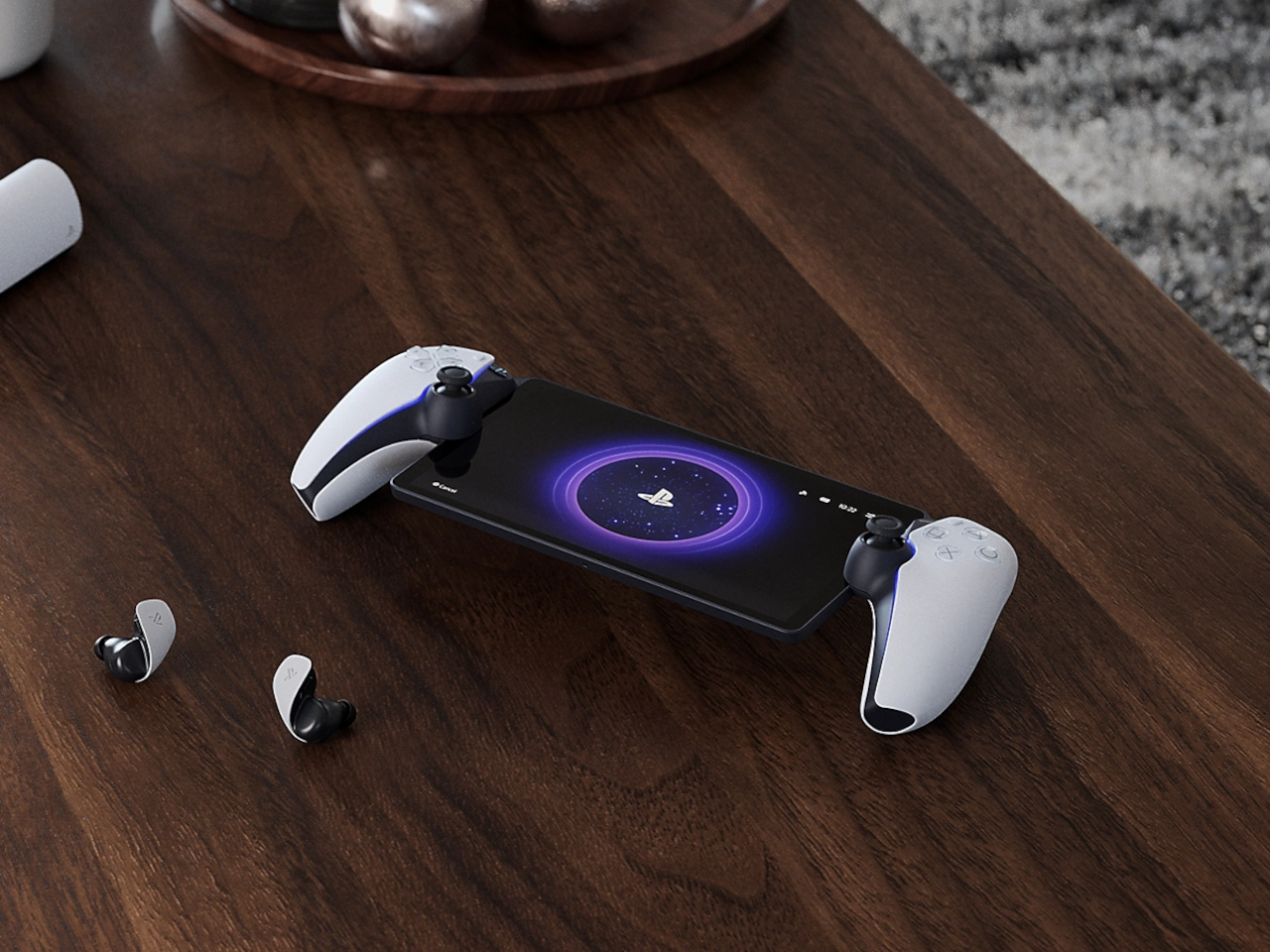
The post PlayStation Portal is finally catching up to the Nintendo Switch and Steam Deck first appeared on Yanko Design.
Explore the 2024 PlayStation Holiday Gift Guide, featuring new games, PS5 Pro, vibrant accessories, and immersive experiences for every gamer.
The post A Look Inside the 2024 PlayStation Holiday Gift Guide first appeared on Trendy Gadget.
The new PlayStation 5 Pro, now available, offers upgraded graphics, faster speeds, advanced ray tracing, and AI upscaling for more immersive gaming experience.
The post PlayStation 5 Pro Now Available: Enhanced Graphic & Features first appeared on Trendy Gadget.
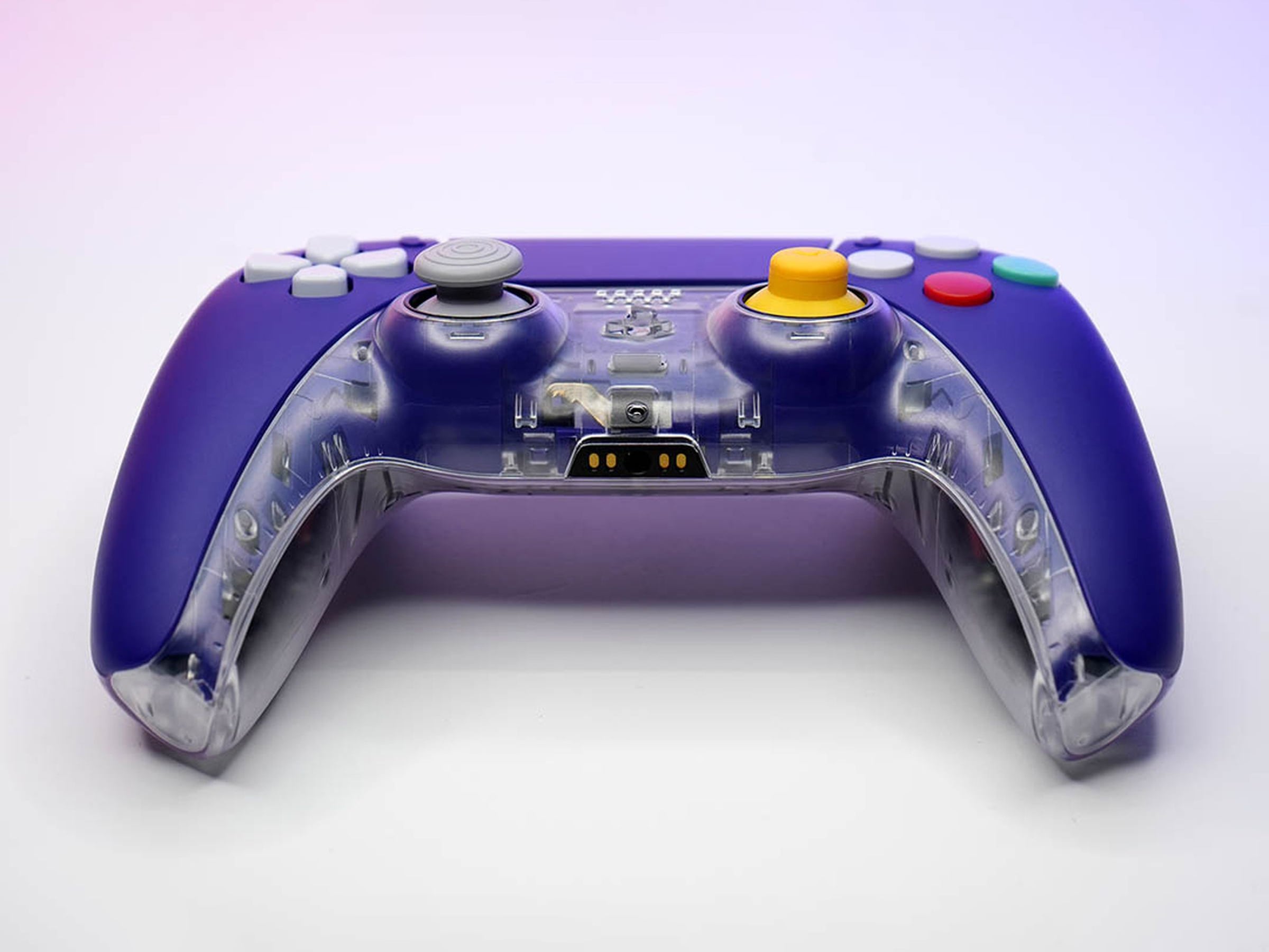
We truly are in a retro-transparent era! With transparent phones and earbuds from Nothing, transparent smart glasses from Meta, and even transparent Cipher controllers for the Xbox, it’s safe to say that the golden age of design has come full circle. Pioneered by Nintendo and then popularized by Apple with their transparent era just before pivoting to aluminum, transparency adds depth and character to design – literally. Instead of a boring opaque form, you get to see what’s underneath the hood and appreciate all the intricacy that goes into a product’s design from the bottom up.
Inspired by the iconic aesthetics of the Nintendo GameCube, this custom gamepad from the folks at Killscreen aims to evoke a sense of nostalgia while maintaining the functionality that PS5 players expect. The CubeSense features a matte purple front shell paired with a transparent back, reminiscent of the original GameCube’s indigo colorway. It sports red, green, and light gray face buttons, evoking the playful palette of the classic console, though the layout remains aligned with Sony’s traditional configuration. The controller also includes custom joysticks, emulating the design of the GameCube’s yellow C-stick with a distinctive nub. However, unlike the asymmetrical stick layout of the GameCube, CubeSense’s dual analog sticks are positioned side by side, maintaining the modern PlayStation feel.
Designer: Killscreen
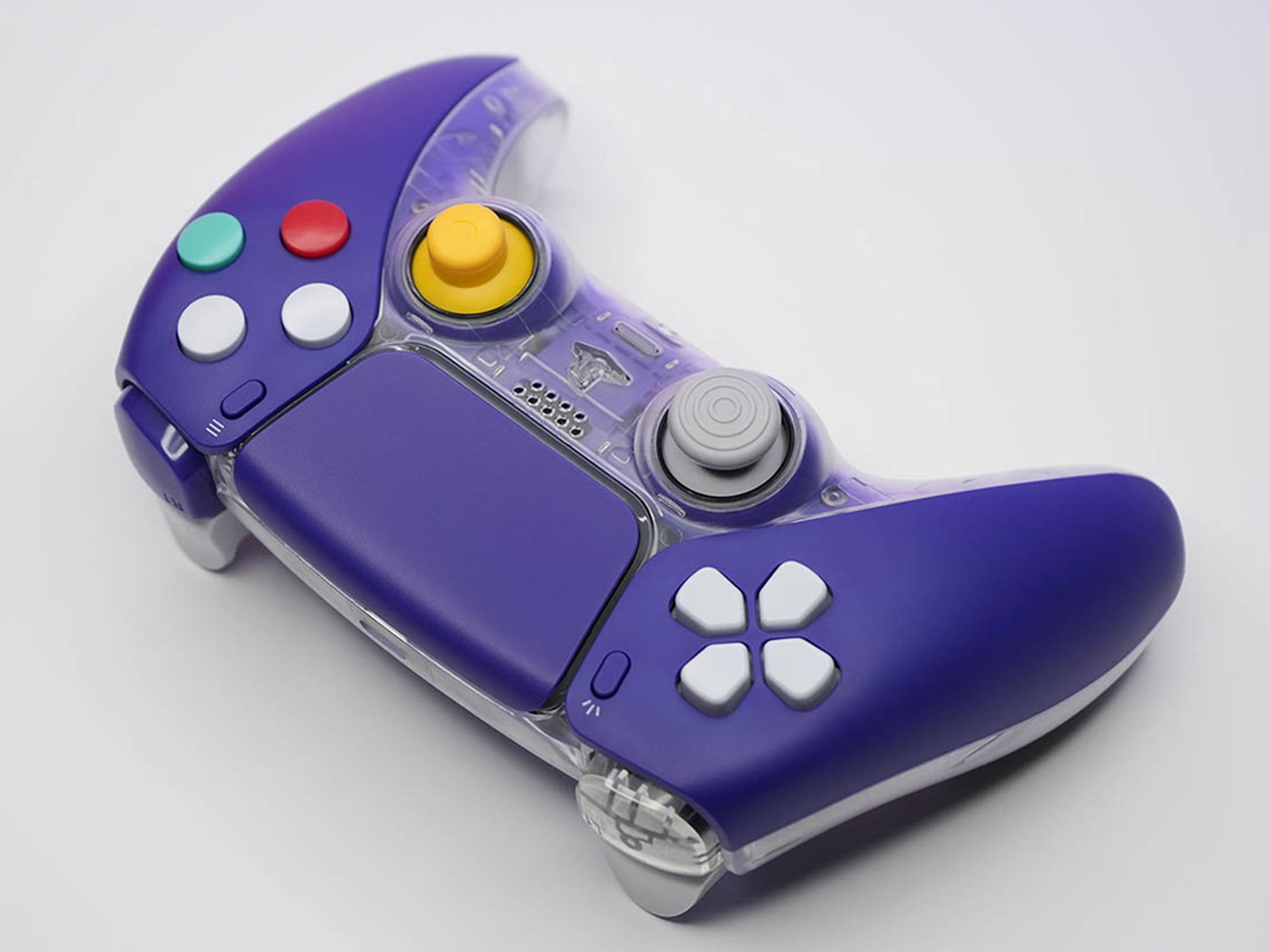
What makes the CubeSense special isn’t just its GameCube-inspired exterior but how it merges the old-school charm with PS5’s next-gen capabilities. Unlike other retro-themed controllers that only change the color scheme, the CubeSense reimagines the tactile feel of gameplay. The joysticks, for example, mirror the distinct yellow C-stick of the GameCube, yet they are adapted to Sony’s signature symmetrical layout. It’s an homage, but with purpose—tailoring the grip to fit the demands of today’s games while offering a nostalgic nod to those who cut their teeth on classics like Super Smash Bros. Melee.
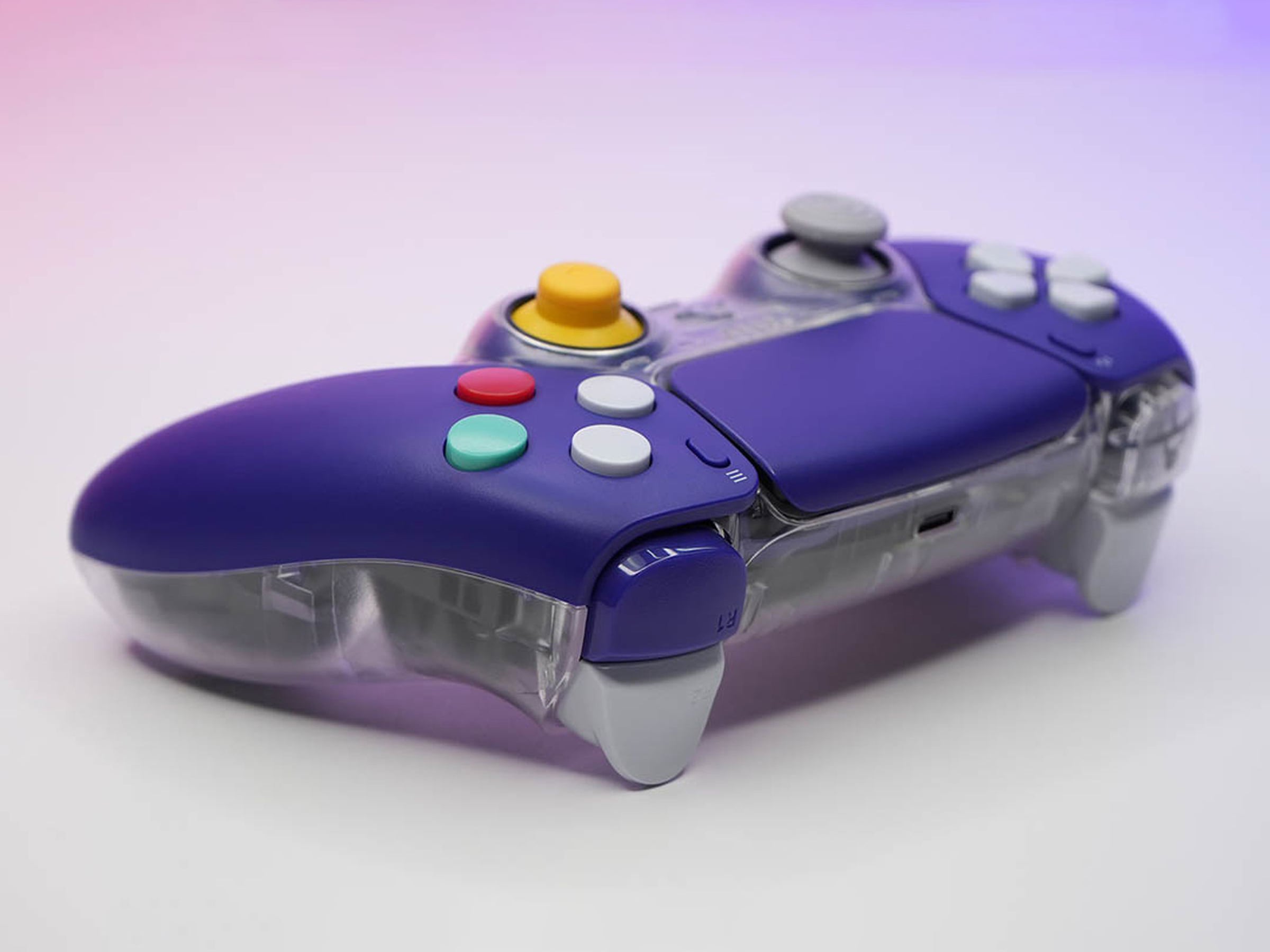
Customization is where CubeSense comes into its own, offering more than just a change of shells. For those who crave a competitive edge, Killscreen has engineered clicky triggers and bumpers with shorter travel distances, designed specifically for the split-second precision needed in FPS games. These upgrades elevate the way you interact with your games, offering a heightened response time that makes the standard DualSense feel sluggish by comparison. And if you’re after a tactile upgrade across all inputs, the option to switch to microswitches provides that crisp click with every press, bringing a level of feedback reminiscent of high-end mechanical keyboards. But here, it’s all about the feel under your thumbs, ensuring that each input is as intentional as the next.
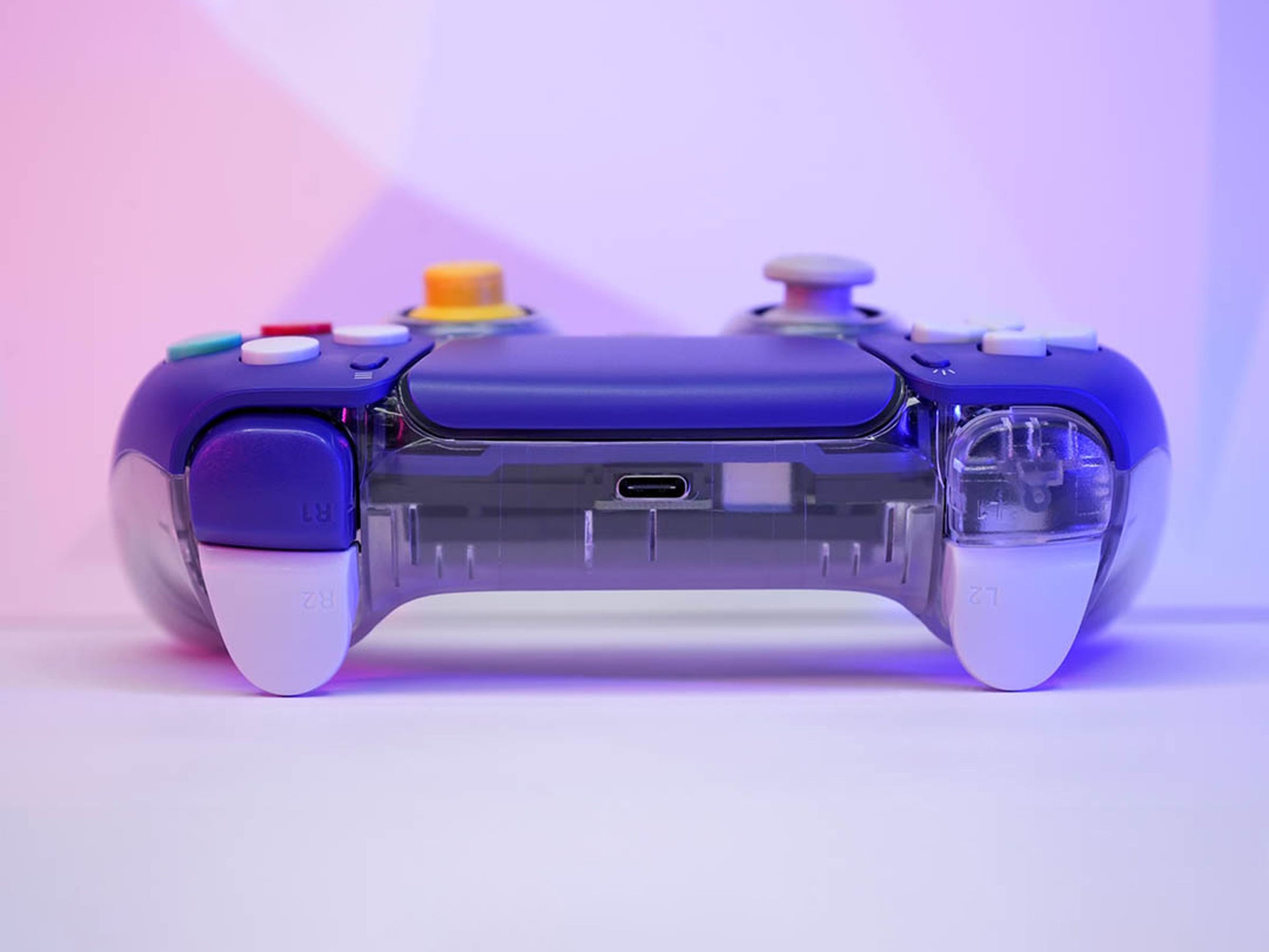
The CubeSense retains everything that makes the PS5’s DualSense great: adaptive triggers, haptic feedback, and seamless integration with the console. This means you get all the sensory depth of Sony’s flagship controller, yet in a package that feels uniquely yours. Imagine playing a game like Astro’s Playroom, where the haptics make you feel the pitter-patter of rain, but with the satisfying weight of the CubeSense’s upgraded buttons beneath your fingers. It’s a tactile treat that combines nostalgia with technical refinement, pushing beyond the simple remakes and remasters we see in the gaming world.
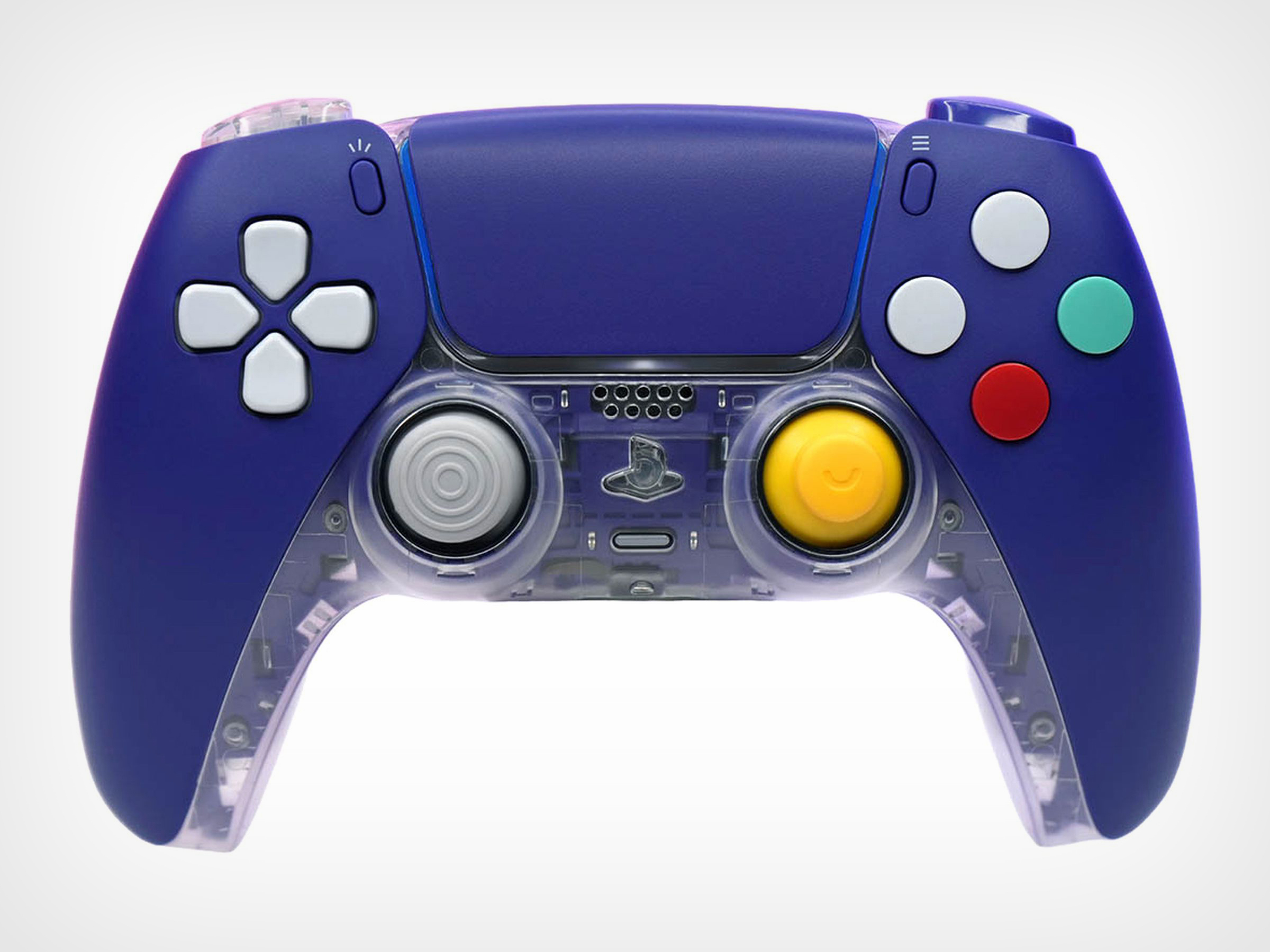
There’s a reason Killscreen’s take on transparency is more than a passing trend—it’s a design philosophy that speaks to the desire for openness in a world of black-box tech. The clear shell offers a glimpse into the intricate circuit boards and mechanisms, a nod to the days when devices came with diagrams of their inner workings. It aligns with what brands like Nothing are doing, where the appeal lies as much in seeing the product as it does in using it. The CubeSense is a device that encourages you to appreciate what’s inside, even though controllers aren’t meant to be seen—they’re meant to empower gaming while your eyes are hooked on the screen.
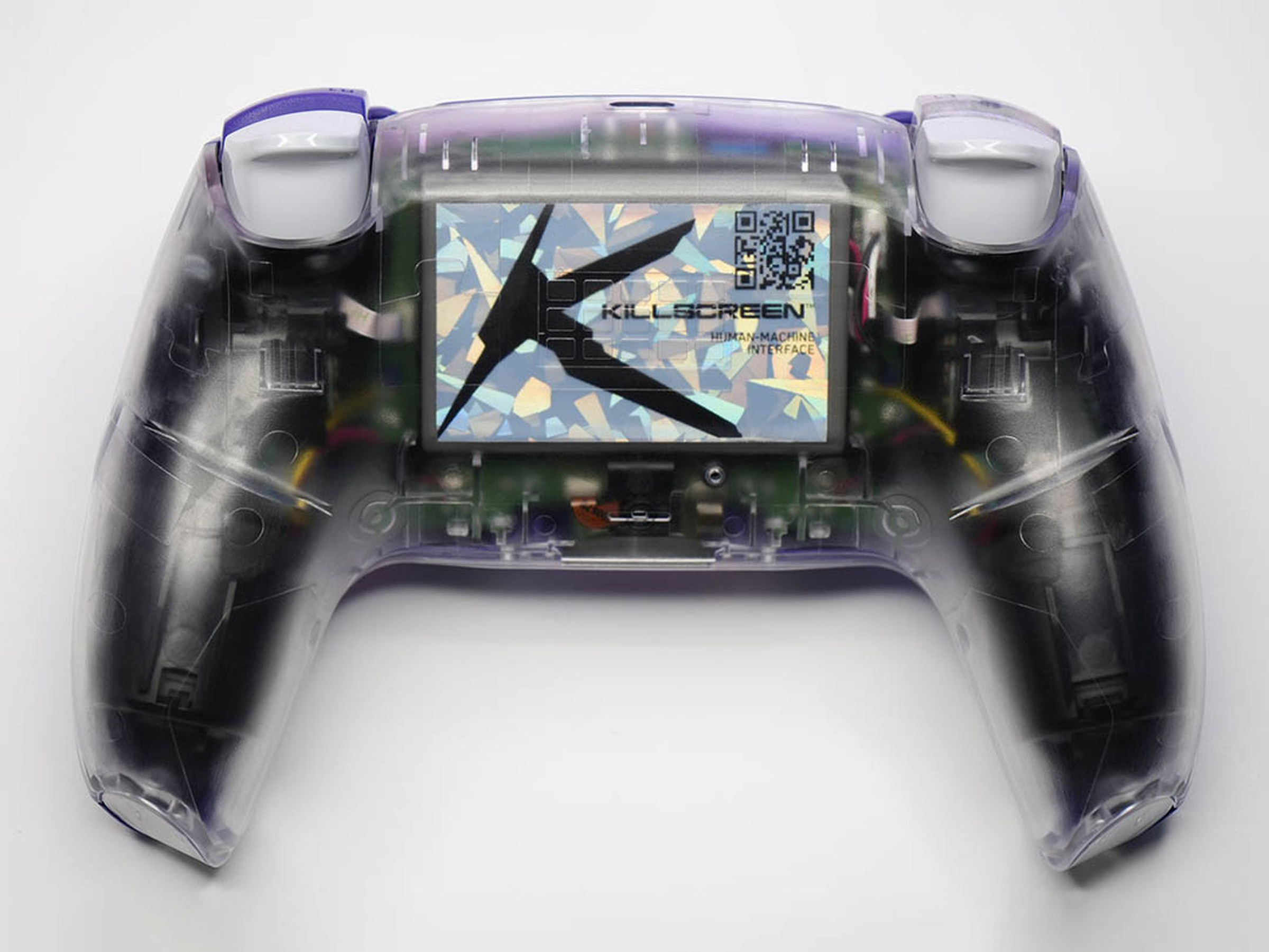
Priced at $149 for the base model and scaling up to $179 with all the upgrades, the CubeSense may not be the cheapest way to play PS5 games, but it’s certainly one of the most distinctive. It’s a controller for those who care about more than just performance—they want personality, history, and a tactile connection to their gaming past. And yes, this obviously isn’t an official Sony-Nintendo collaboration. Nintendo is infamously protective of its IP and extremely litigious, so a formal collaboration probably isn’t anywhere in the works. Fan-made creations, however, are always a pleasant surprise!
Images via Killscreen
The post This GameCube-inspired Transparent PS5 Controller is the Sony-Nintendo Collab of our dreams first appeared on Yanko Design.
Sony’s freshly announced PlayStation 5 Pro is a power-packed upgrade designed for those who want the most visually striking gaming experience possible. Building on the already solid foundation of the PS5, this souped-up version aims to enhance everything from resolution and frame rate to ray tracing, while staying cool and quiet under pressure—literally. It’s set to hit shelves in November 2024, and with a starting price of $599, it’s clear Sony is positioning the PS5 Pro as the ultimate way to play for those who demand more from their console.
Designer: Sony
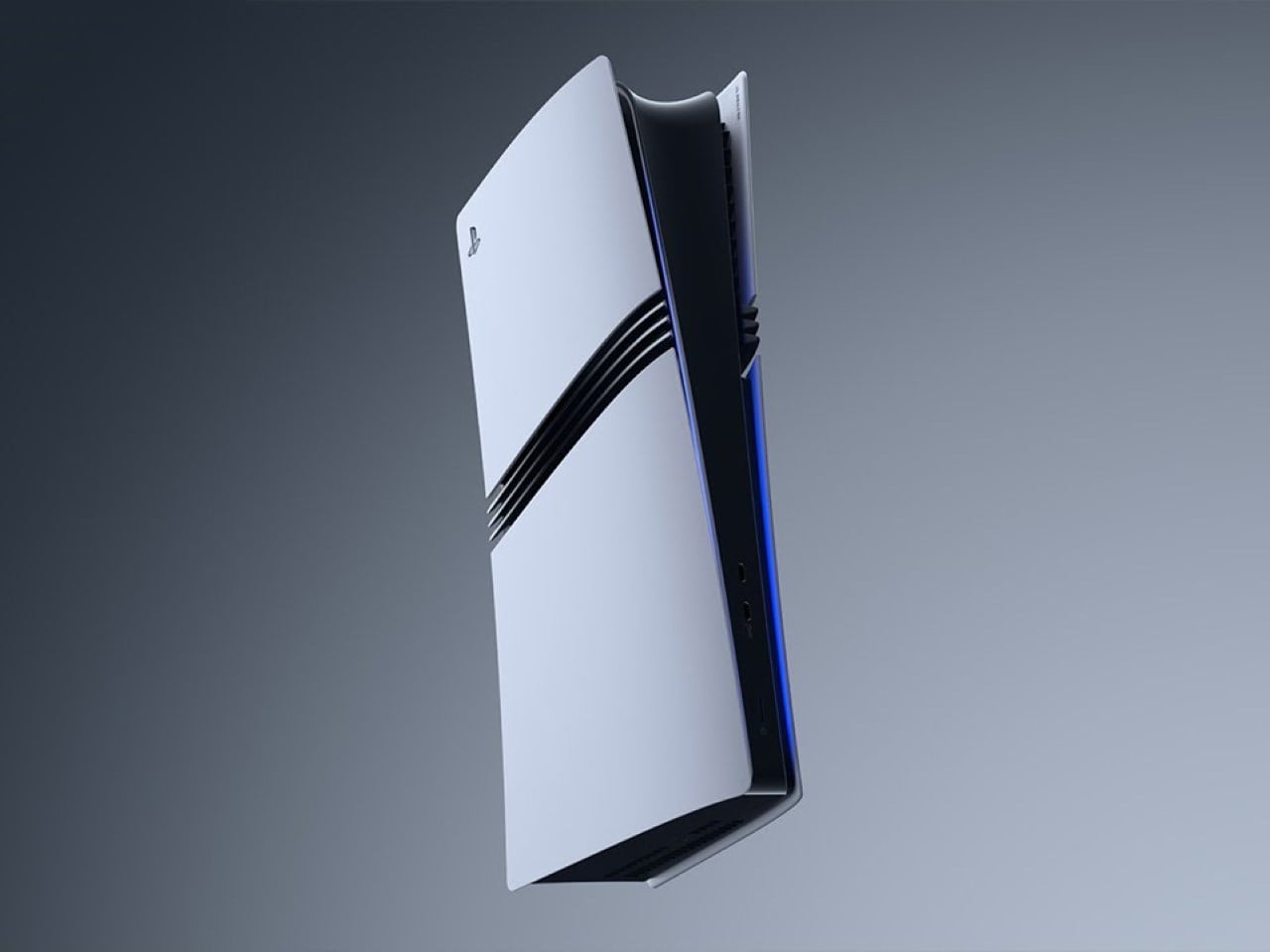
The PlayStation 5 Pro maintains the futuristic aesthetic of its predecessor, but with subtle refinements that make it stand out as a premium device. Its sleek curves and striking black-and-white color scheme are still present, but Sony has gone the extra mile to give the Pro a more streamlined silhouette. The PS5 Pro is slightly slimmer and more compact than the original, addressing one of the biggest complaints about the base PS5’s bulky design. The matte finish on the Pro model adds a touch of sophistication, and the improved vent placement ensures better airflow without compromising the console’s overall elegance. Whether it’s sitting vertically on your media stand or tucked horizontally under your TV, the PS5 Pro feels more like a deliberate piece of decor than a tech box, blending form with function seamlessly. Even the revamped LED lighting—now offering customizable colors—adds an extra layer of personalization for gamers who care about their setup’s vibe.
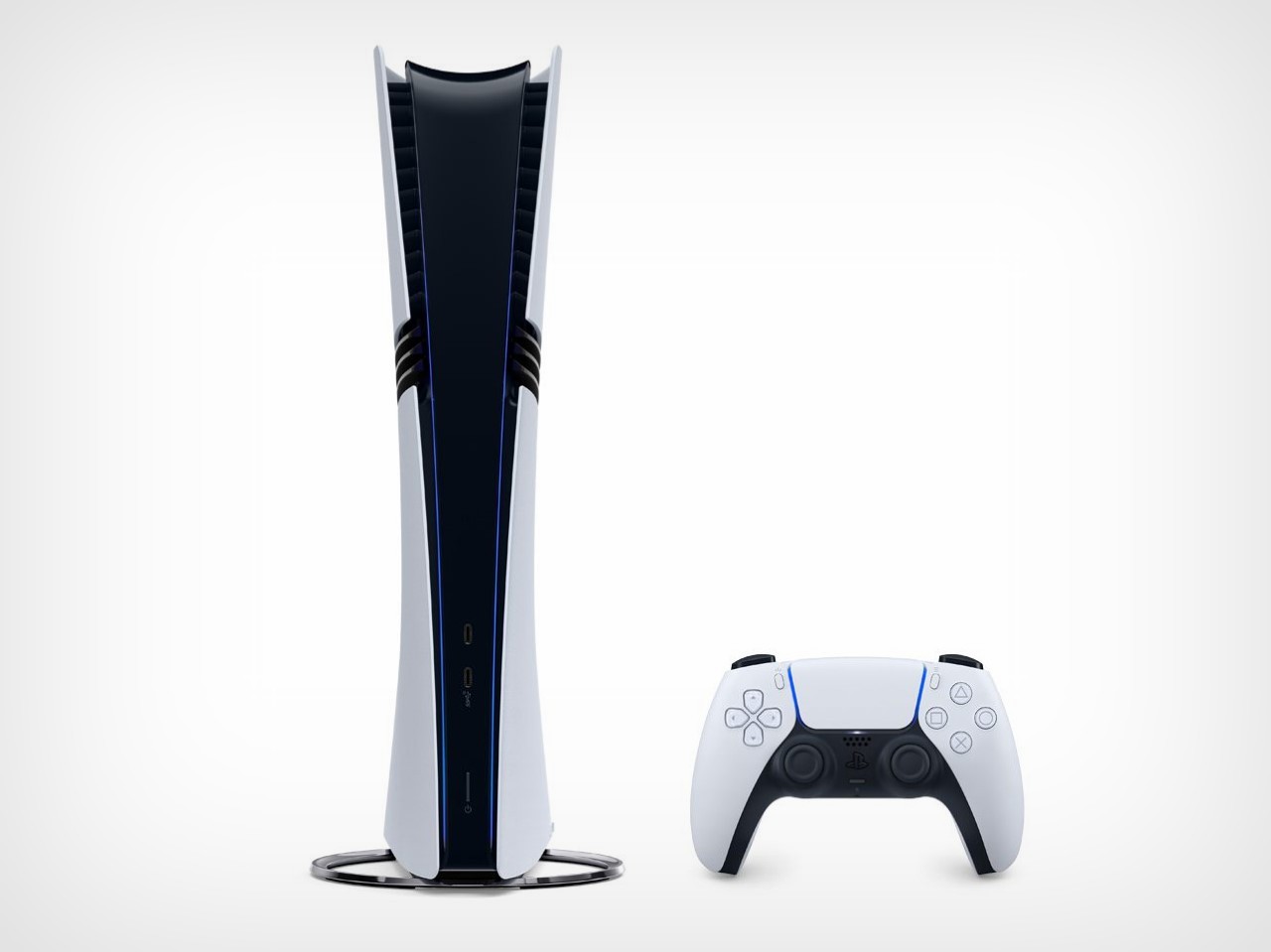
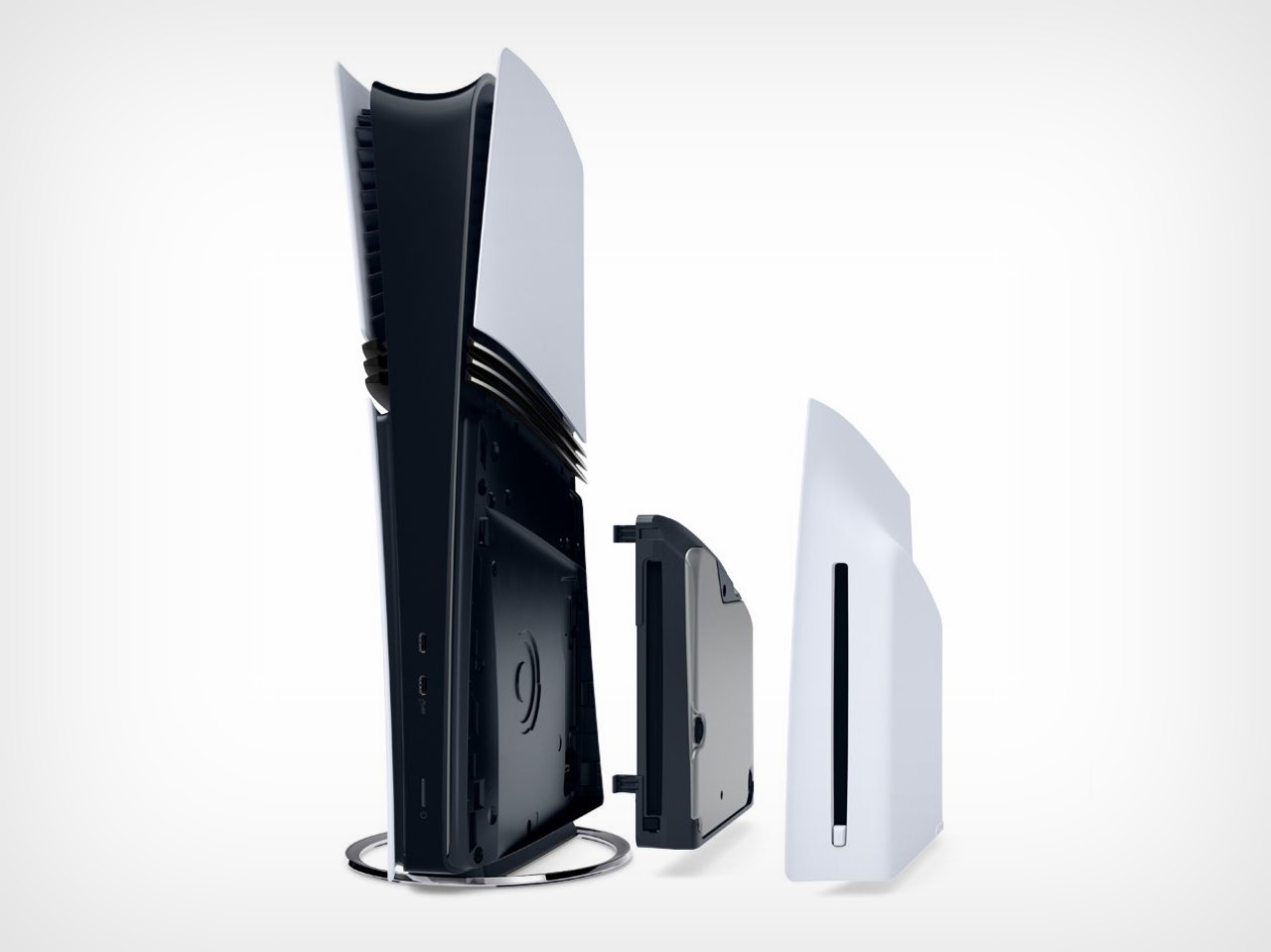
Under that gorgeous sleek white shell lies a custom RDNA 3.5 GPU, boasting a whopping 30 teraflops of graphical power. That’s nearly triple what the base PS5 offers. Translation? Games will look and run better—significantly so. The PS5 Pro is built to handle true 4K gaming at 60 frames per second without breaking a sweat, and it even flirts with 8K resolution for those fortunate enough to own one of those displays. It’s a level of visual fidelity that makes even the most graphically demanding games, like Spider-Man 2 and Final Fantasy XVI, feel like butter.
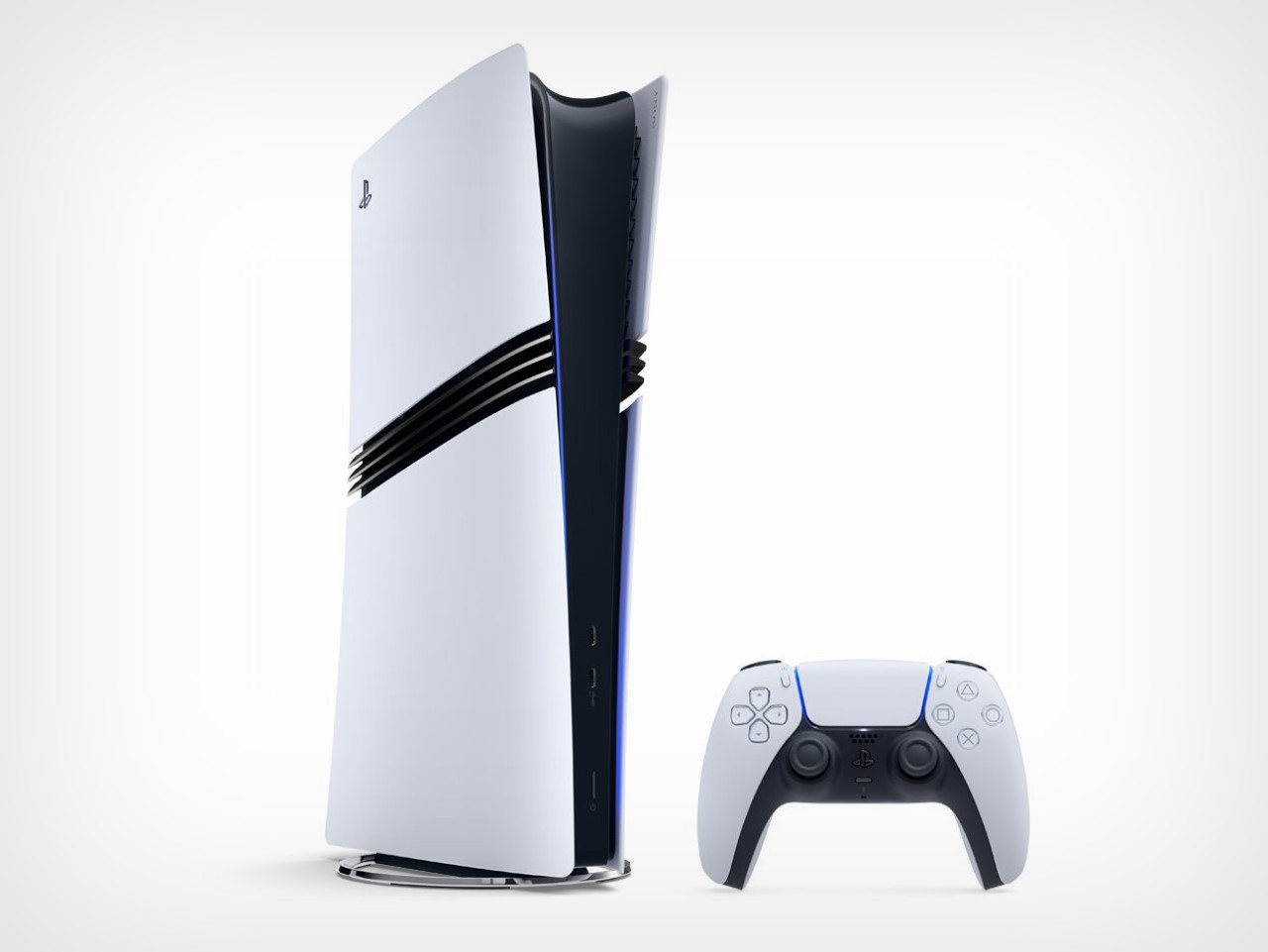
The CPU also gets a significant upgrade, featuring an 8-core AMD Zen 4 processor clocked at 4 GHz. The result? Faster load times, smoother performance, and an all-around snappier experience, especially in open-world games or titles with heavy physics and particle effects. If you’re tired of waiting in menus or watching progress bars crawl across the screen, the Pro has your back.
Remember the term ‘ray tracing’ everyone threw around when the PS5 first launched? While the base PS5 gave us a taste of what real-time lighting and reflections could do, the PS5 Pro is fully leaning into advanced ray tracing. Ray tracing is now 2.5 times more efficient, which means better lighting, reflections, and overall realism in games that support it. Picture walking through neon-soaked streets in Cyberpunk 2077 or exploring the vast wilderness of Horizon Forbidden West—but with reflections so sharp you could almost swear you’re looking in a mirror. Sony hasn’t left the frame-rate-focused players out in the cold either. The PS5 Pro introduces new gameplay modes to suit different preferences. If you’re all about visuals, the Fidelity Mode lets you enjoy games at 4K with maxed-out ray tracing, running at 30 fps. On the other hand, if you’re more of a competitive gamer looking for the smoothest experience, the Performance+ Mode delivers up to 120 fps at a slightly lower resolution. Fast-paced shooters like Fortnite and Call of Duty will feel incredibly responsive and fluid.
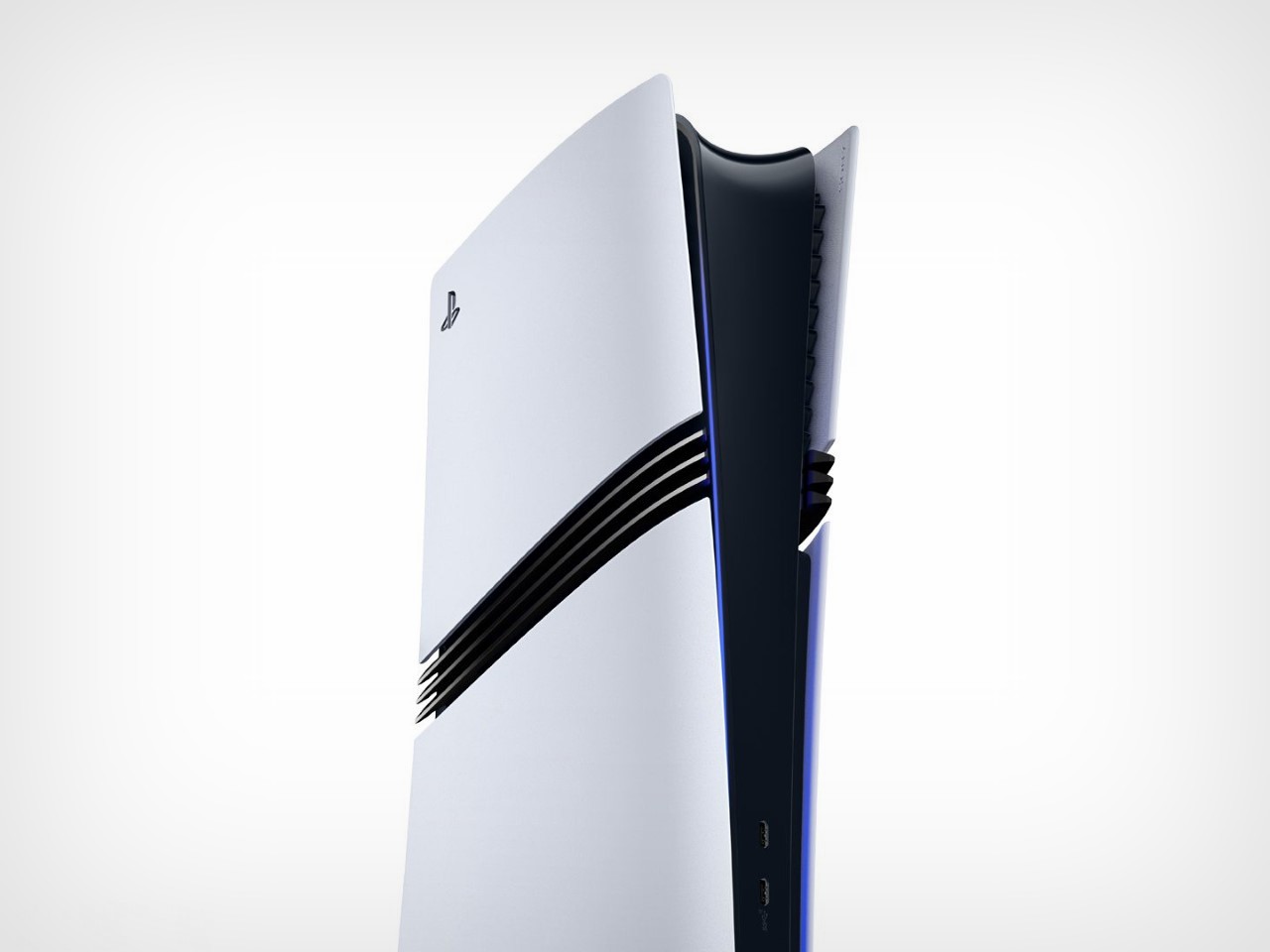
It’s a nice touch from Sony, acknowledging that not every gamer wants the same thing out of their console. Some of us want eye-popping visuals, while others want the fastest response times—and the PS5 Pro is prepared to juggle both with ease.
A common complaint about the original PS5 was its relatively limited storage, with the standard 825GB SSD filling up faster than expected, especially given the size of modern AAA games. Thankfully, the PS5 Pro steps things up with a 2TB SSD. That’s double the storage, meaning you won’t have to keep deleting games every time you want to install something new—unless, of course, you’re really into downloading entire game libraries. On the thermal front, Sony has reworked the cooling system, implementing more advanced liquid metal tech to ensure the Pro stays cool during marathon gaming sessions. Gone are the days of worrying about your console sounding like a jet engine taking off mid-boss battle.
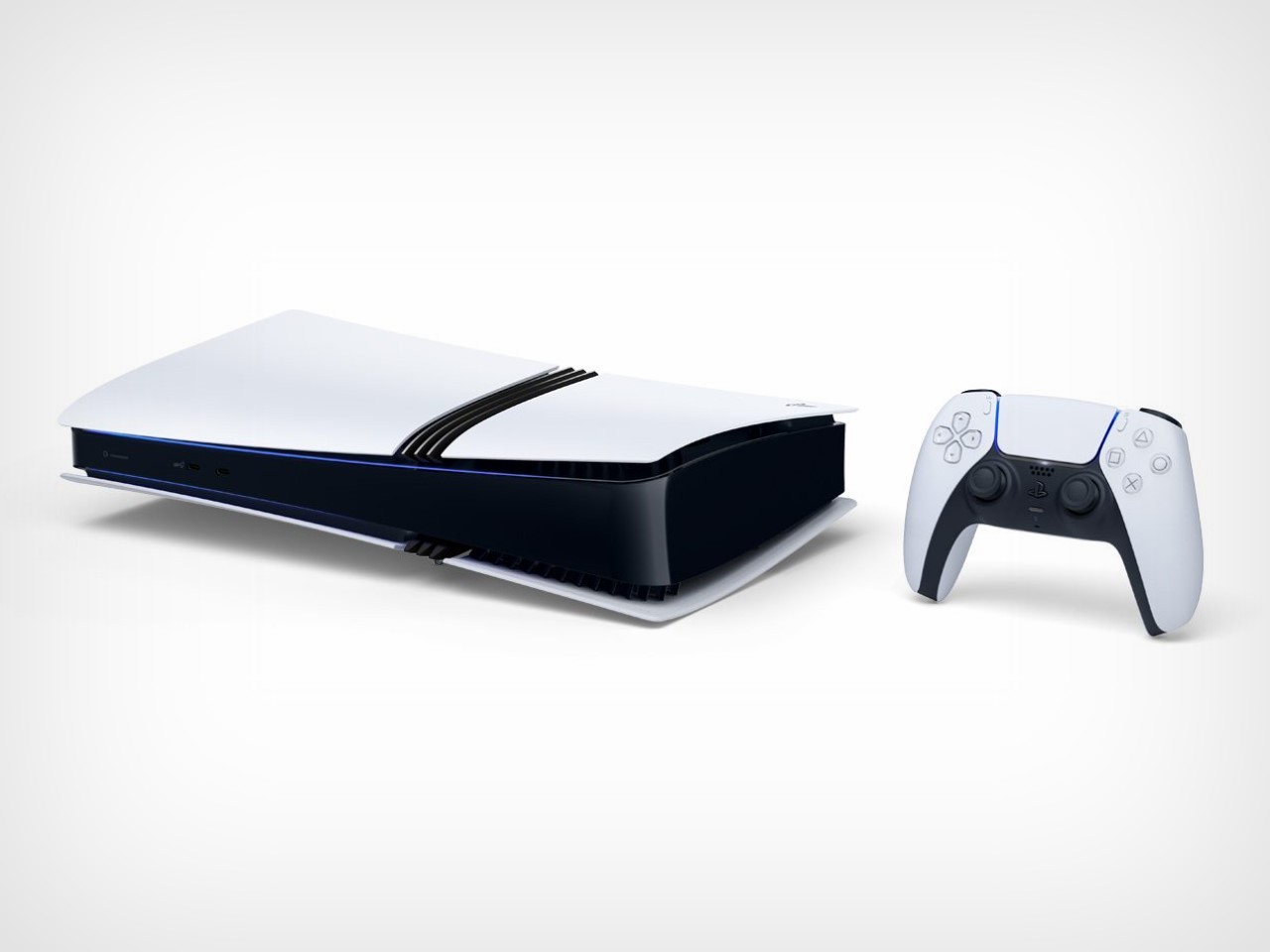
Here’s the best part – your PS5 Pro is designed with backward compatibility in mind. Existing PS5 games won’t just work—they’ll run better. Thanks to the Pro’s additional power, many older titles will see improvements in frame rates, load times, and overall performance. Some developers are even offering patches that optimize their games specifically for the PS5 Pro, allowing fans to experience their favorite titles with upgraded visuals and smoother gameplay. Future titles, like the hotly anticipated Ghost of Tsushima 2 and The Last of Us Part III, will be optimized from the ground up for the PS5 Pro. Expect them to take full advantage of the new hardware, delivering worlds that are richer, denser, and more immersive than anything we’ve seen on a PlayStation console before.
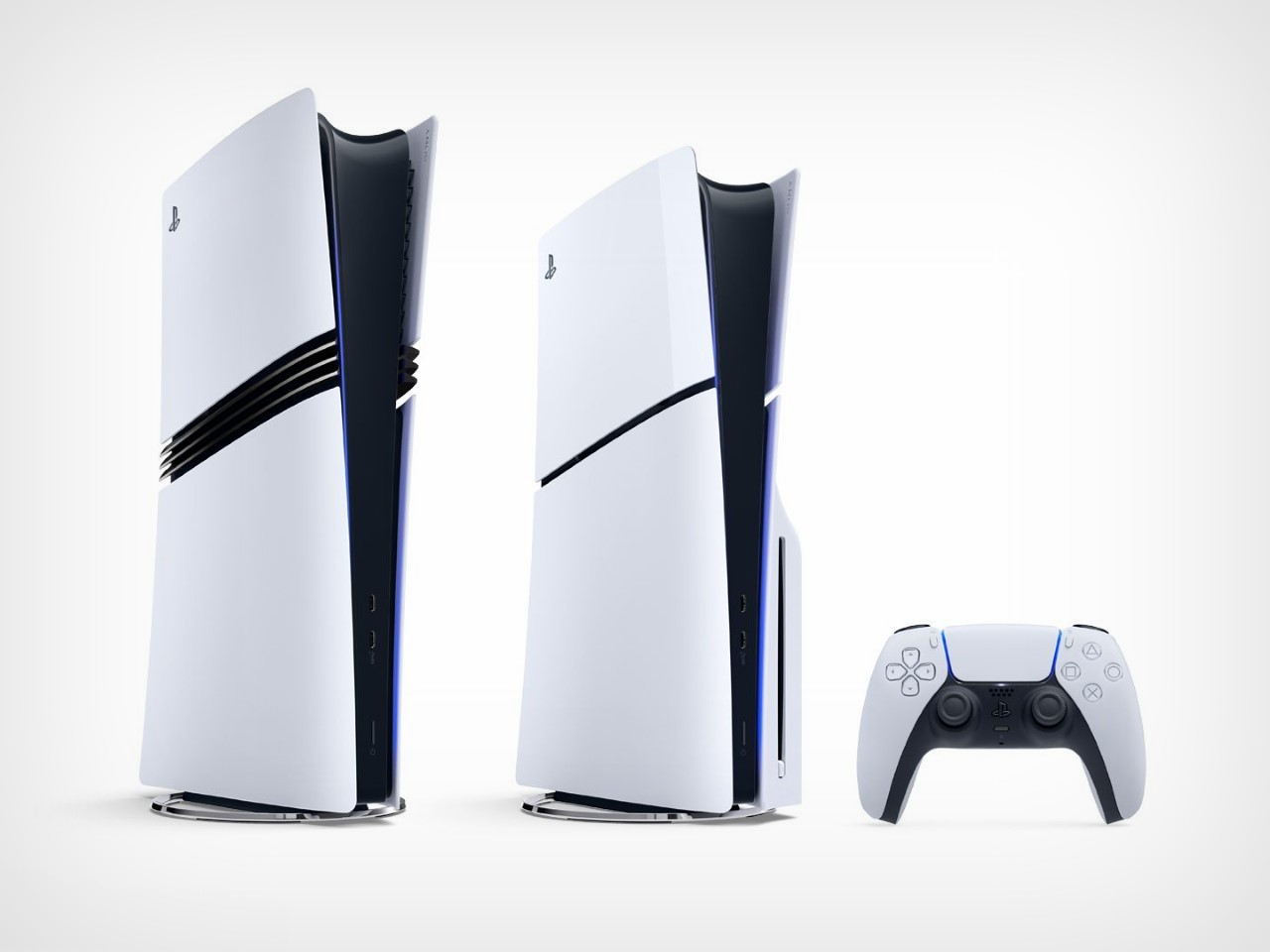
At $599, the PS5 Pro is priced higher than the base PS5, which currently sits at $499. But for that extra hundred bucks, you’re getting significant upgrades that future-proof your gaming setup for years to come. Preorders begin in October, and you can expect the PS5 Pro to officially drop in November—just in time for holiday gaming marathons or, you know, to start that inevitable Elden Ring replay with maxed-out graphics. You’ve finally got a great excuse to splurge on that 4K TV you’ve been eyeing.
The post Sony PlayStation 5 Pro: A Sleeker Beast with 30 Teraflops of Power for 4K Gaming first appeared on Yanko Design.
Sony's FE 85mm F1.4 GM II lens offers stunning resolution, beautiful bokeh, and fast autofocus in a compact design, ideal for both photography and videography.
The post Sony FE 85mm F1.4 GM II Lens: Performance and Precision first appeared on Trendy Gadget.
The Sony WF-C500 earbuds have been the company’s budget true wireless option that may not rival the premium WF-1000XM5 but punch above their weight with a balanced sonic sound at a very reasonable price. The TWS earbuds were launched in September 2021 and have been a huge success all these years.
Now Sony has launched the successor to the WF-C500 earbuds with design tweaks, new features, and a price that’s hard to deny. In fact, the buds offer some advanced features that are rare for reputed budget options on the market. For example, including Ambient Sound Mode and multipoint connectivity for a price of $60 ($30 less than the outgoing model) is a deal-making prospect.
Designer: Sony
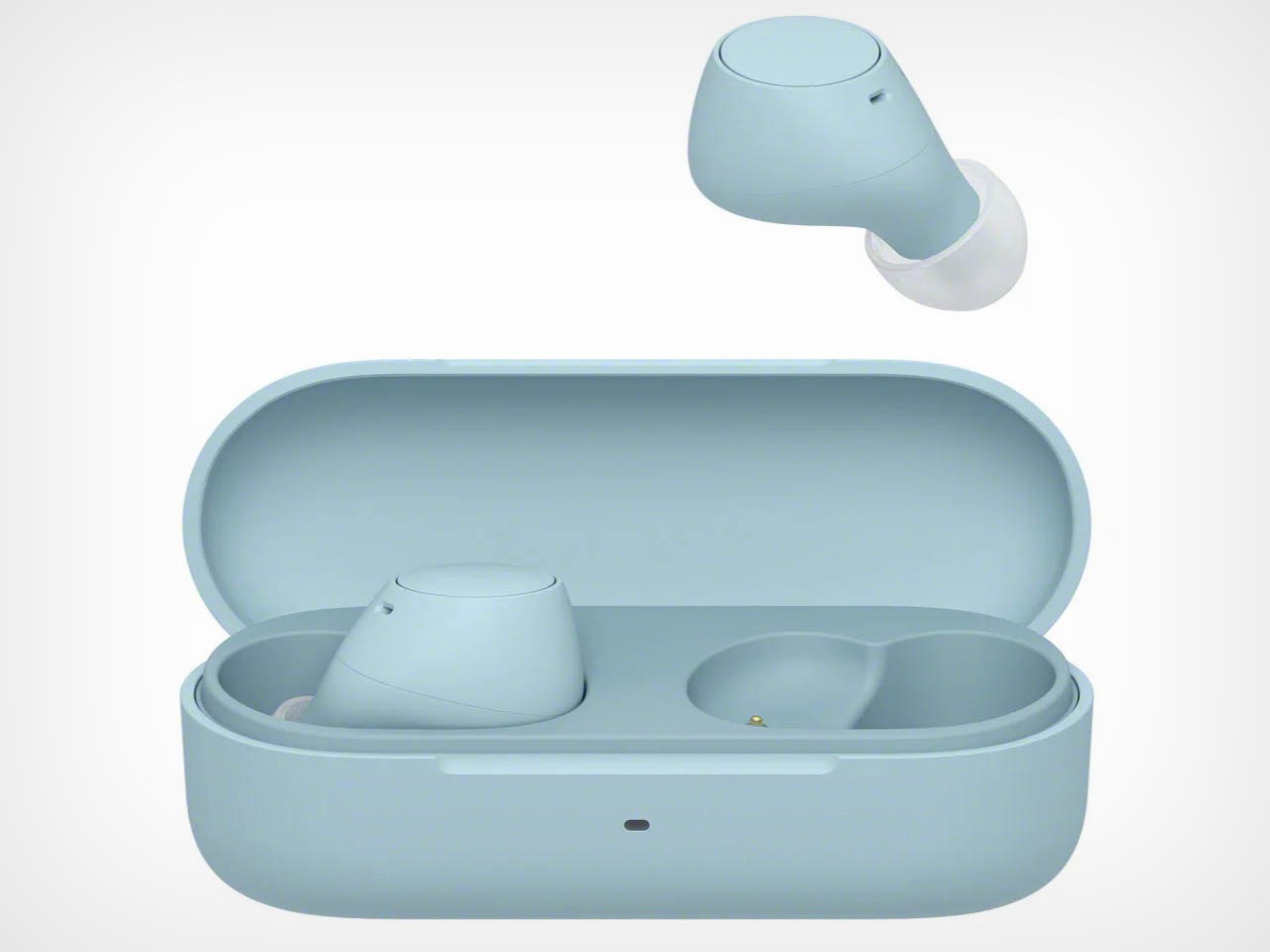
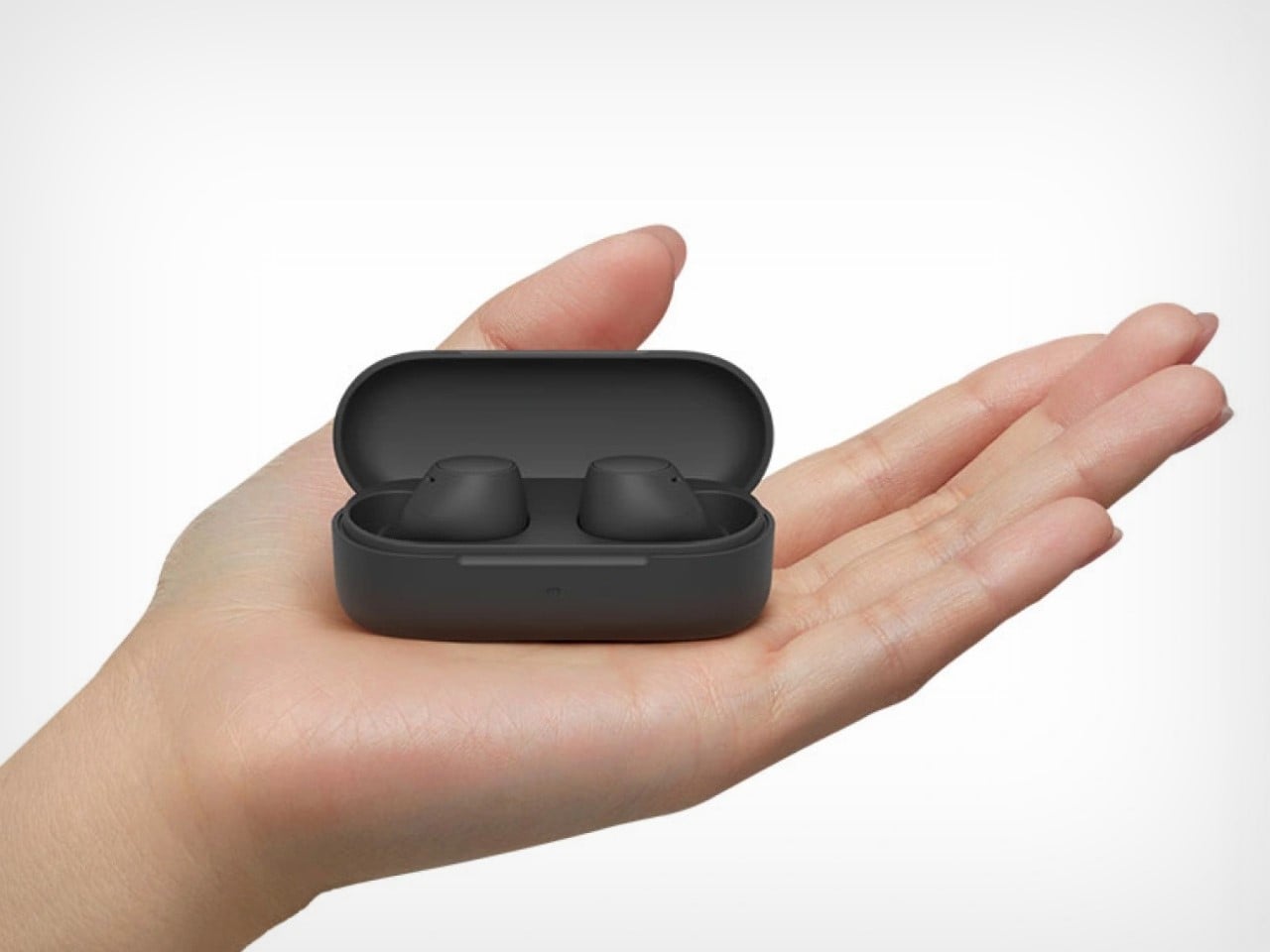
According to the Japanese consumer electronics giant, the WF-C510 earbuds are 20 percent smaller and 15 percent lighter than the outgoing model. These buds are the smallest ever closed-type designs by the company. The IPX4-rated buds can handle the odd splash or sweaty workouts, and they stay snug in place with a refreshed design that results from the analysis of users’ detailed ear shape data. So, one can be rest assured of a stable fit that’ll be comfortable for most people.
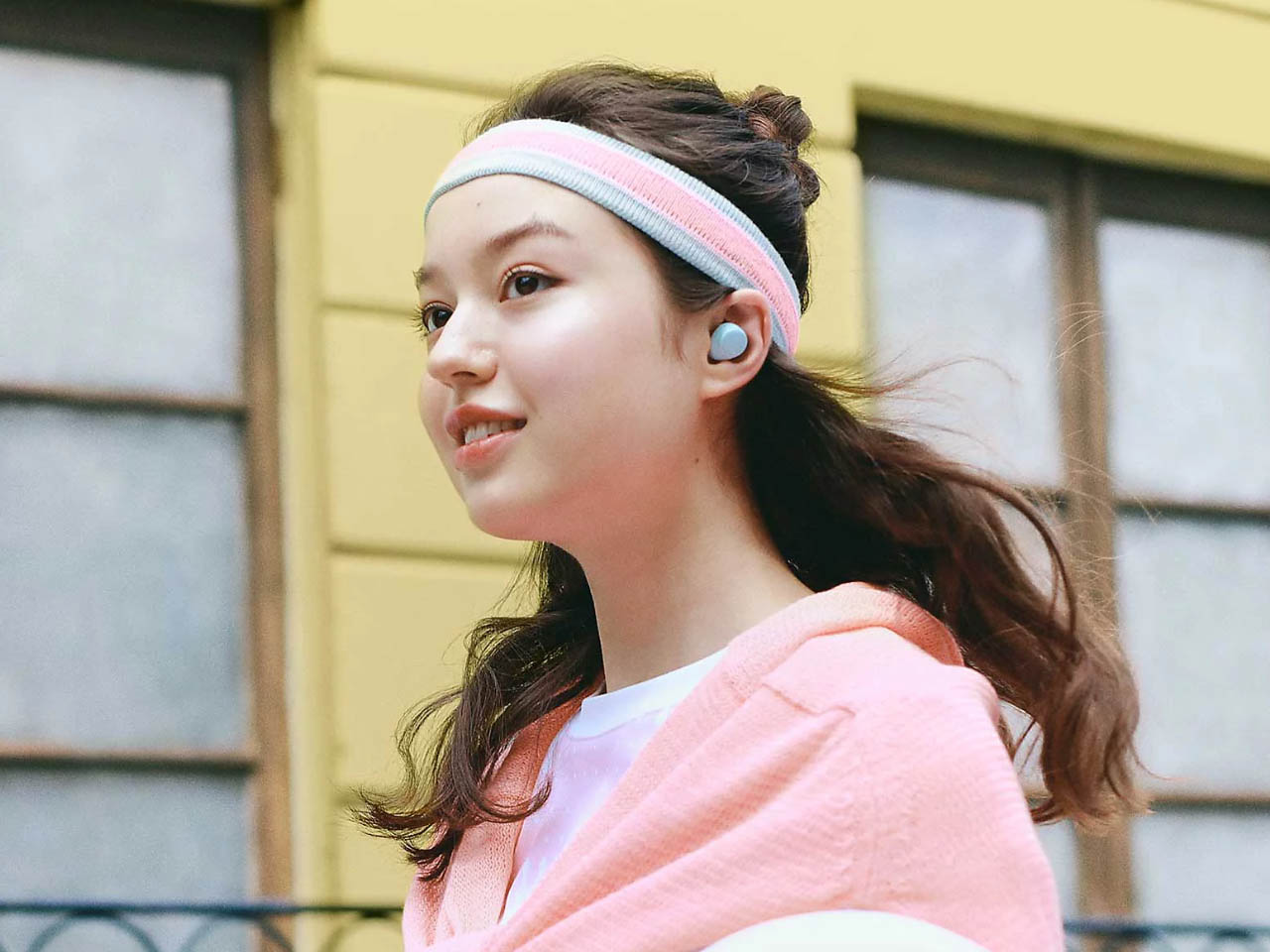

This time, Sony has gone for a more contoured shape on the outside, a flatter button surface and a matte finish for better grip and comfort. The cylindrical charging case made partially from recycled plastic is also thinner and smaller for convenience. Looks like they’ve taken a cue from the book of Jabra Elite 8 Active.
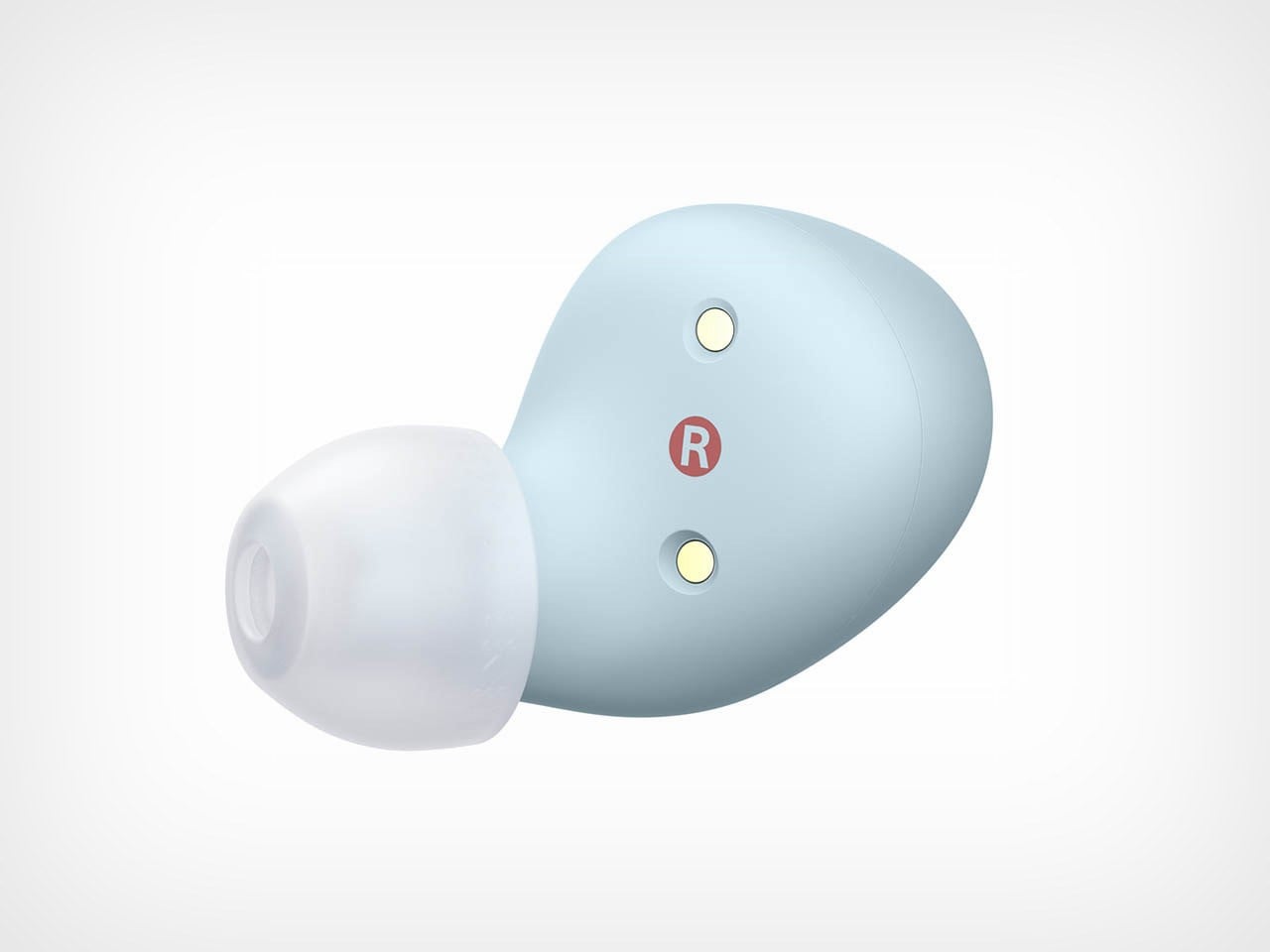
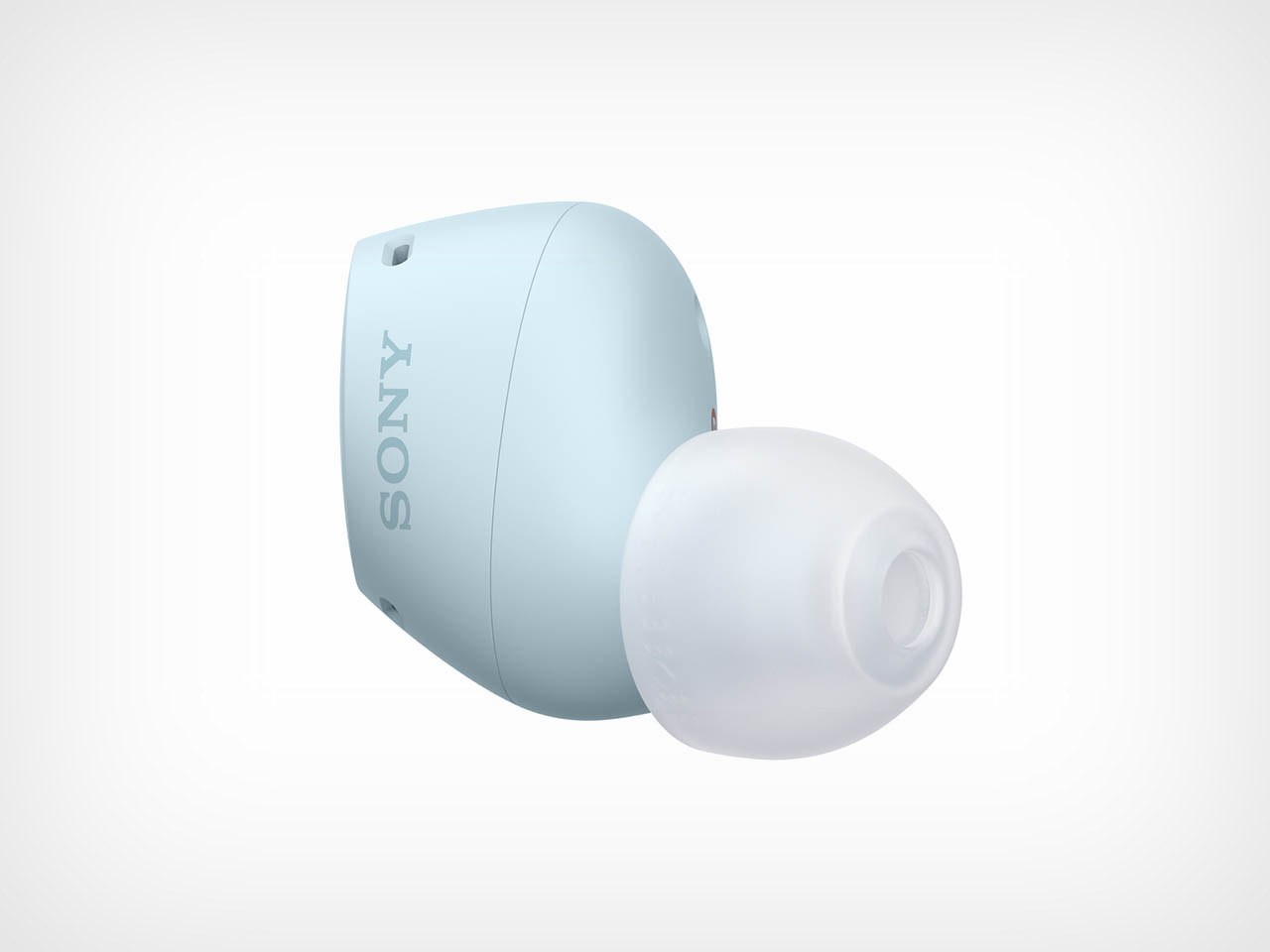
The battery also gets a bump up with a total time of 11 hours on the buds themselves and another 11 hours in the charging case. A quick charge of five minutes will give up to 60 minutes of listening time. Another lucrative feature users will cherish is the two-device Bluetooth multipoint connectivity compatible with Google Fast Pair and Microsoft Swift Pair. Supported audio formats on the C510 are SBC and ACC, making them ideal for music and gaming.
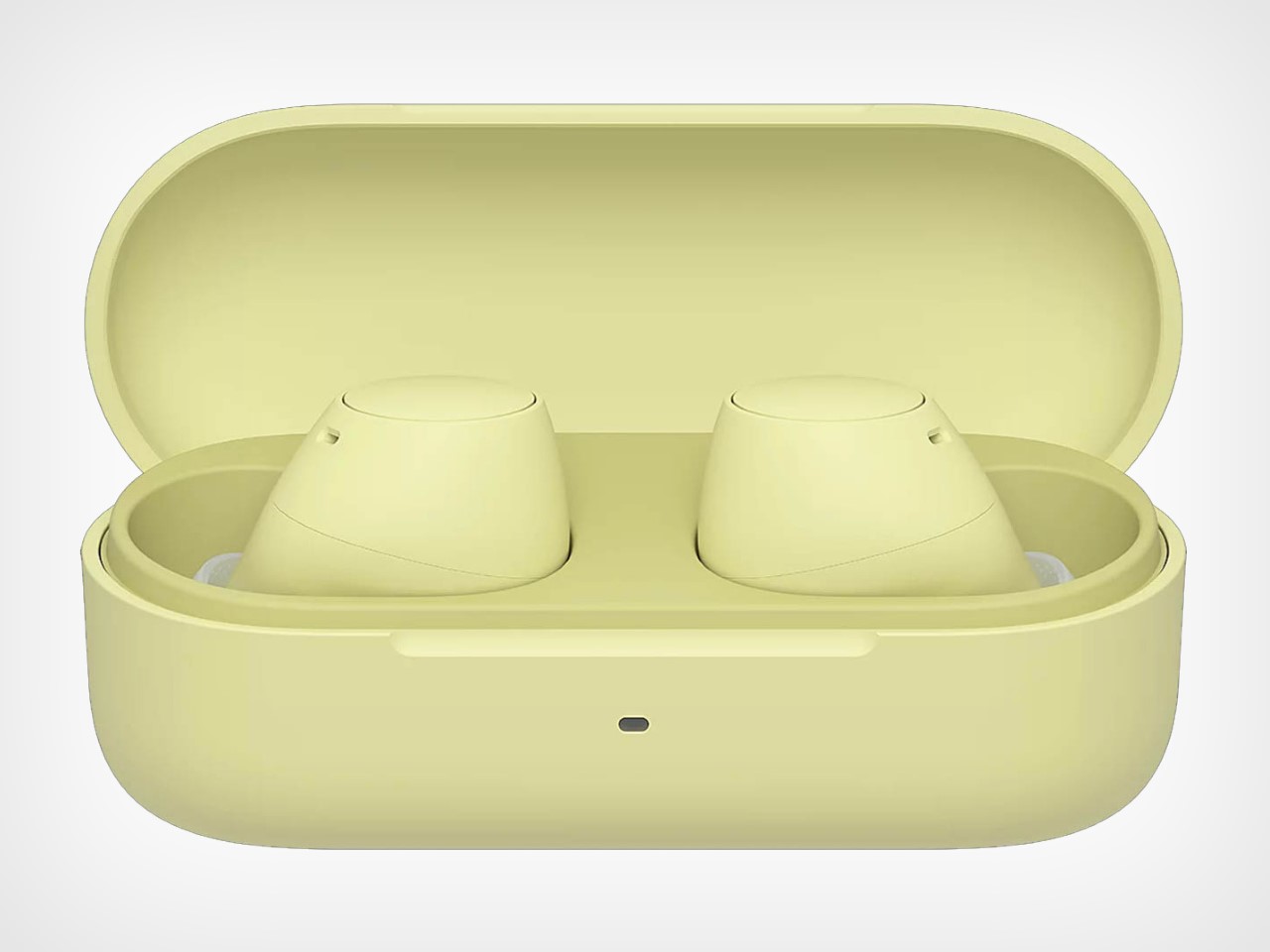

The sound signature from these earbuds will be balanced with not too much focus on any frequency range. That’s attributed to the 6 mm driver unit and a frequency response of 20 Hz – 20,000 Hz. Combine that with the in-app features including the 360 Reality audio, equalizer settings and DSEE upscaling, and you’ve got a very satisfying sound if you know how to tweak them right. Although ANC is missing, the buds make up with a far better passive voice isolation.
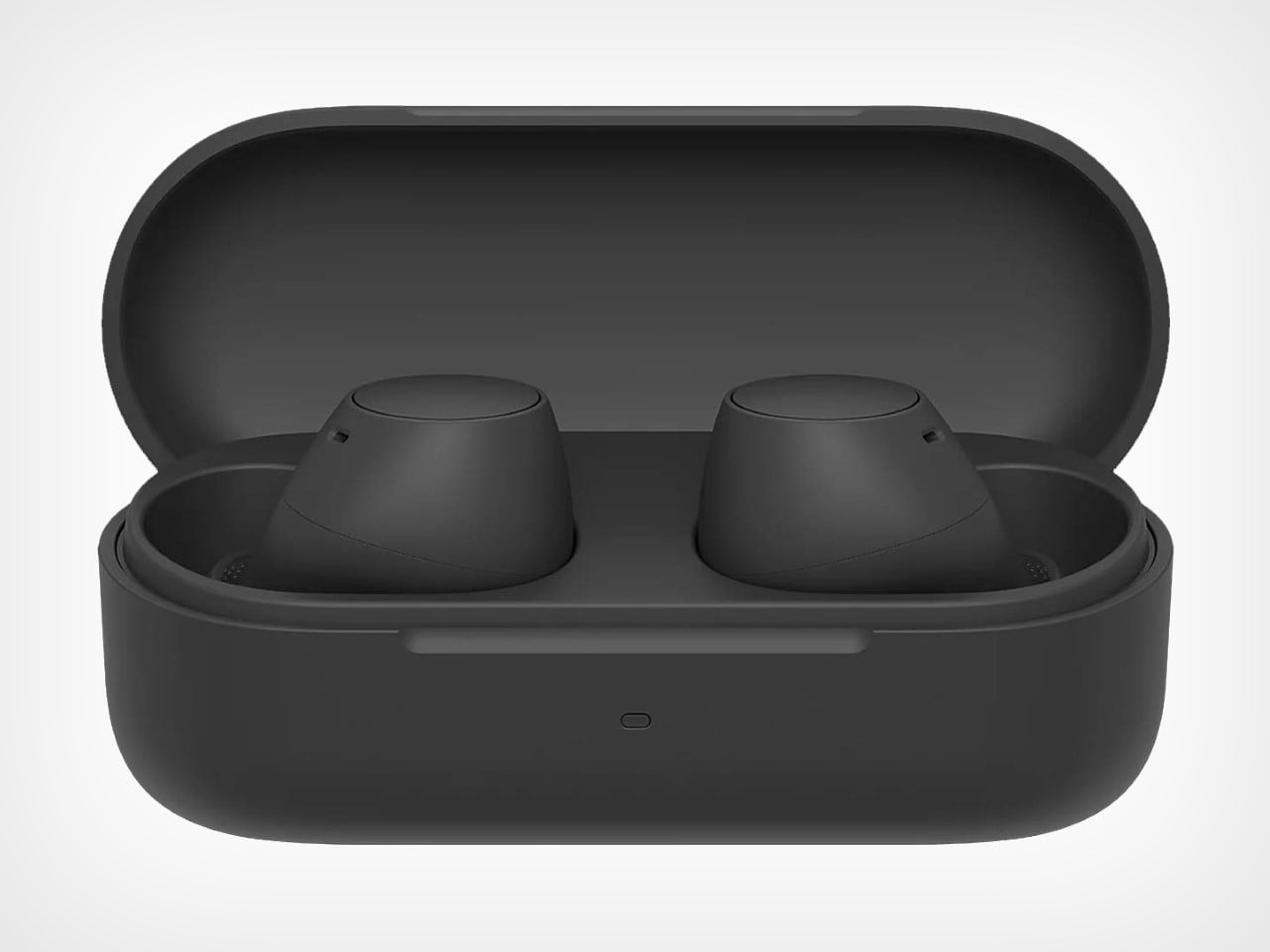

WF-C510 earbuds are now available in four color options – blue, yellow, black, and white – from Amazon. The eco-friendly initiative trickles down to the packaging too as it is 100 percent plastic-free. Being feature-packed and well-designed, the TWS earbuds are going to continue the success of the predecessor for sure.


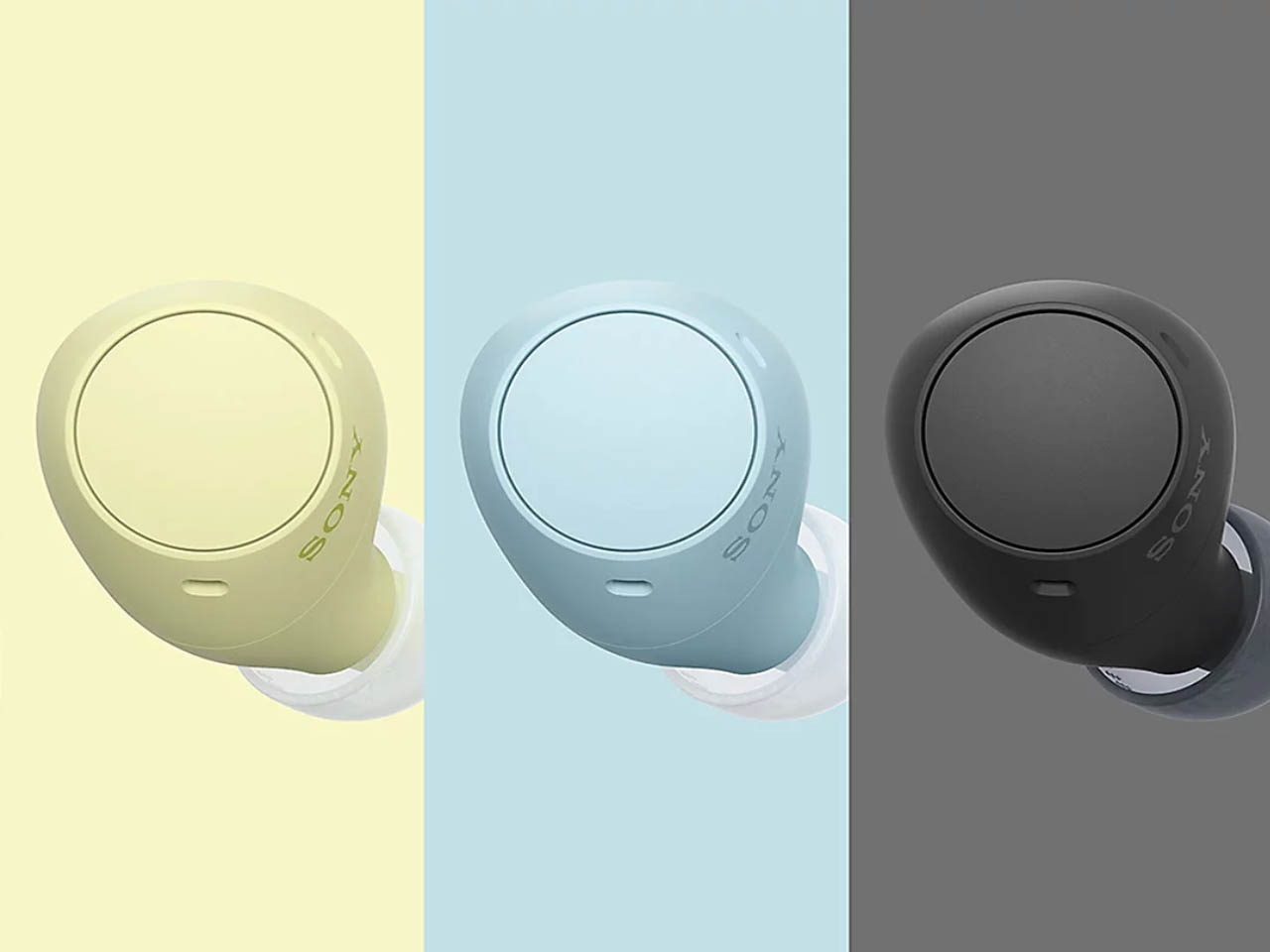

The post Sony WF-C510 earbuds impress with Ambient mode, longer battery life and comfortable design first appeared on Yanko Design.
Astro Bot, the Mario-like adventure game for PS5, developed by Sony Interactive Entertainment and team Asobi, is all set to arrive on September 6. On the same day debuts, the limited-edition Astro Bot controller, based on the reliable DualSense controller by Sony. The lively peripheral will cost a bit more than the normal wireless DualSense version, but it does come with some perks that’ll excite gamers.
The pint-sized robot featured in the game has become a modern-day PlayStation mascot, and to have a controller that blinks its googly eyes is exciting for fans. This limited edition Astro Bot PS5 DualSense gamepad is priced at $80 and will be available for pre-orders from August 9 at PlayStation Direct in the US and UK at select retailers.
Designer: Sony
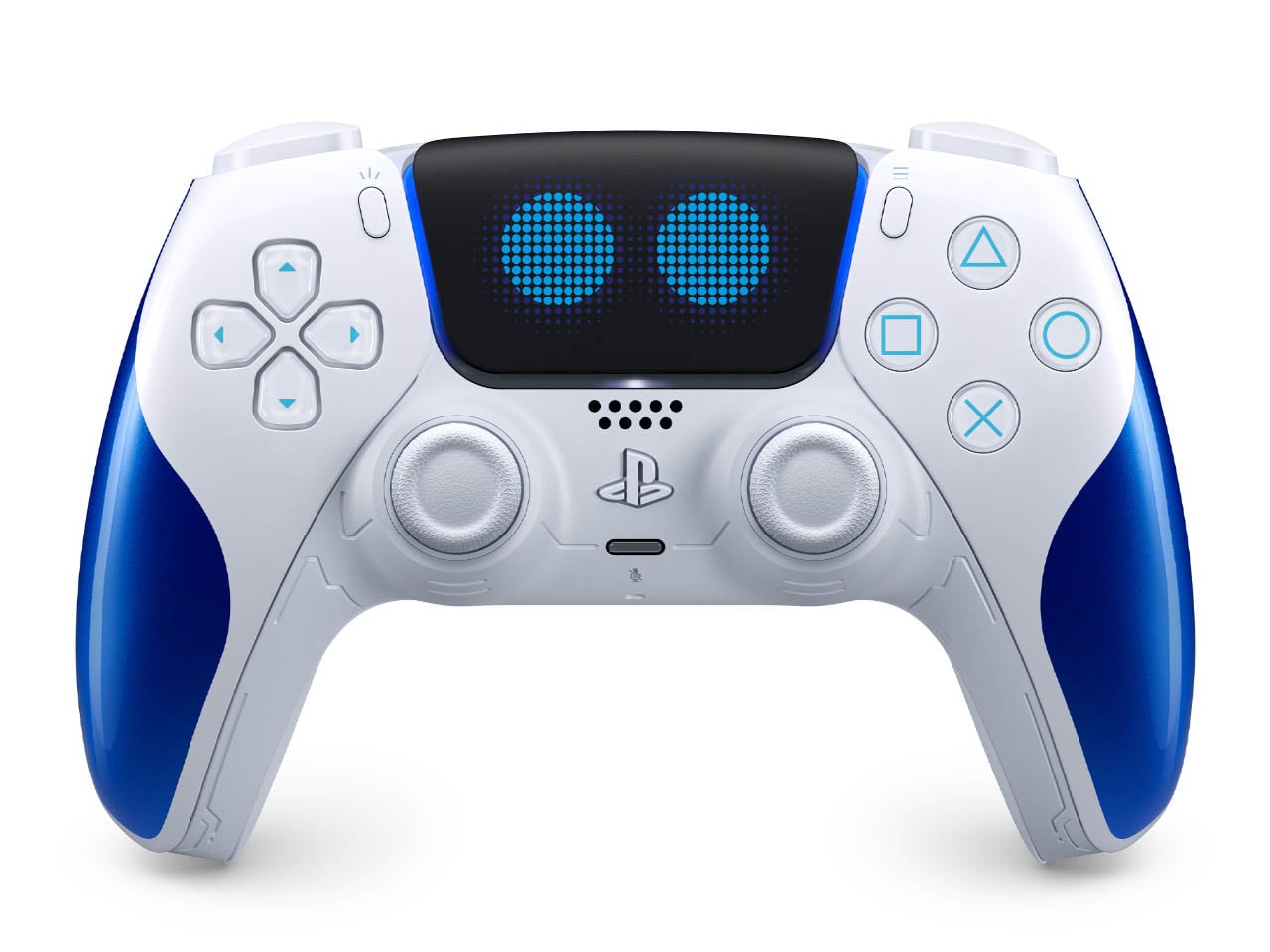
This special gamepad is unsurprising as Sony has previously launched themed controllers including the limited edition PlayStation 5 Spider-Man Miles Morales console. According to the Japanese consumer electronics giant, the themed wireless controller “is a work of art” and we can see why. The touchpad has robotic blue eyes that seem like blinking, while the handles and buttons have signature blue hues.
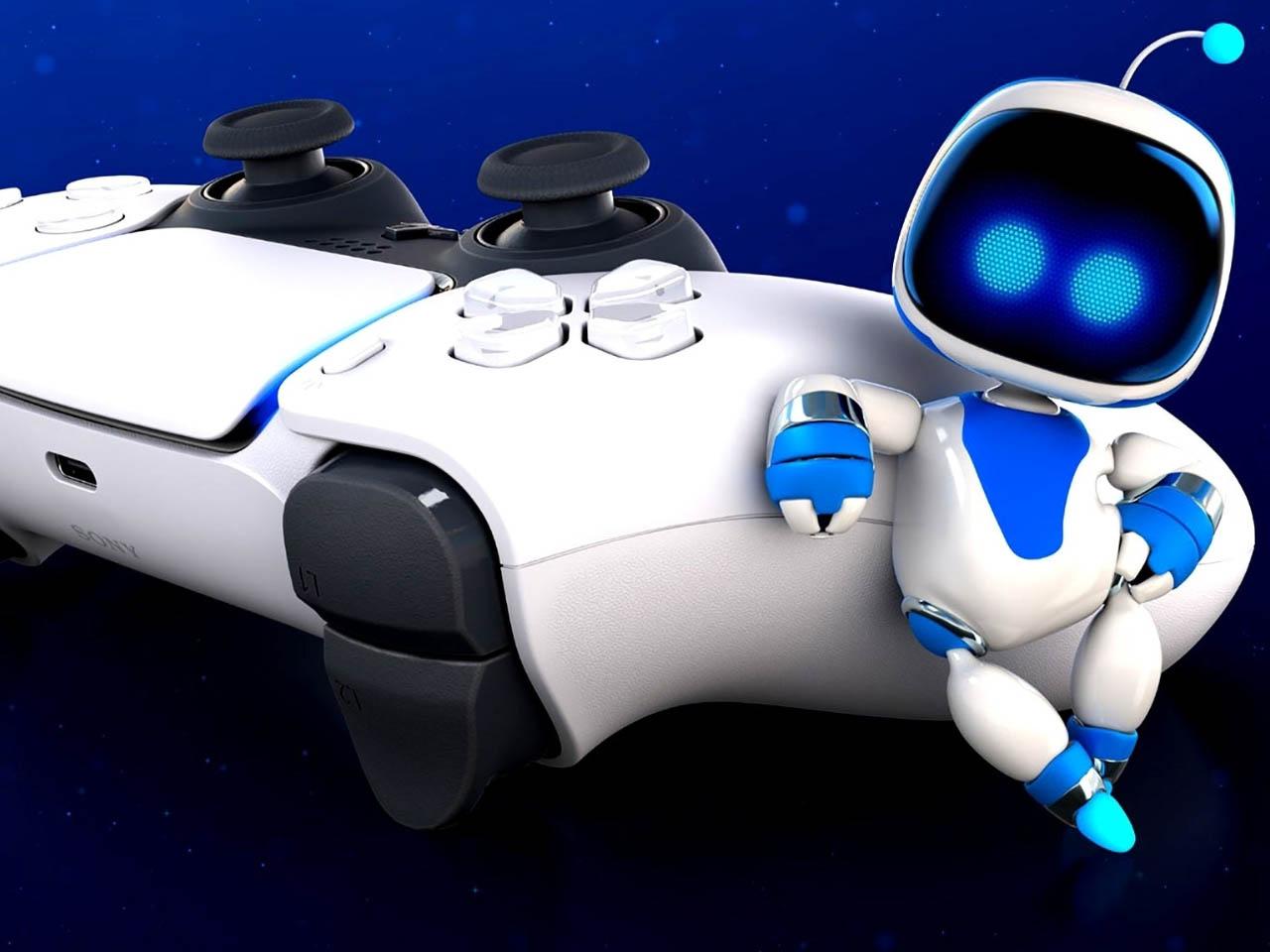
Another interesting thing is the number of textures (like grass, metal, sand, water, or glass) that the player feels through the haptic feedback. The adaptive trigger response further enhances the overall experience. Things like the feeling of the thruster rattle when the Barkster bulldog jetpack is deployed, the power-ups going through your fingers, or the impacts of the one-on-one battles in the boss fights. This Dual Speeder gadget can be felt as the motion-controlled input for the spaceship too.
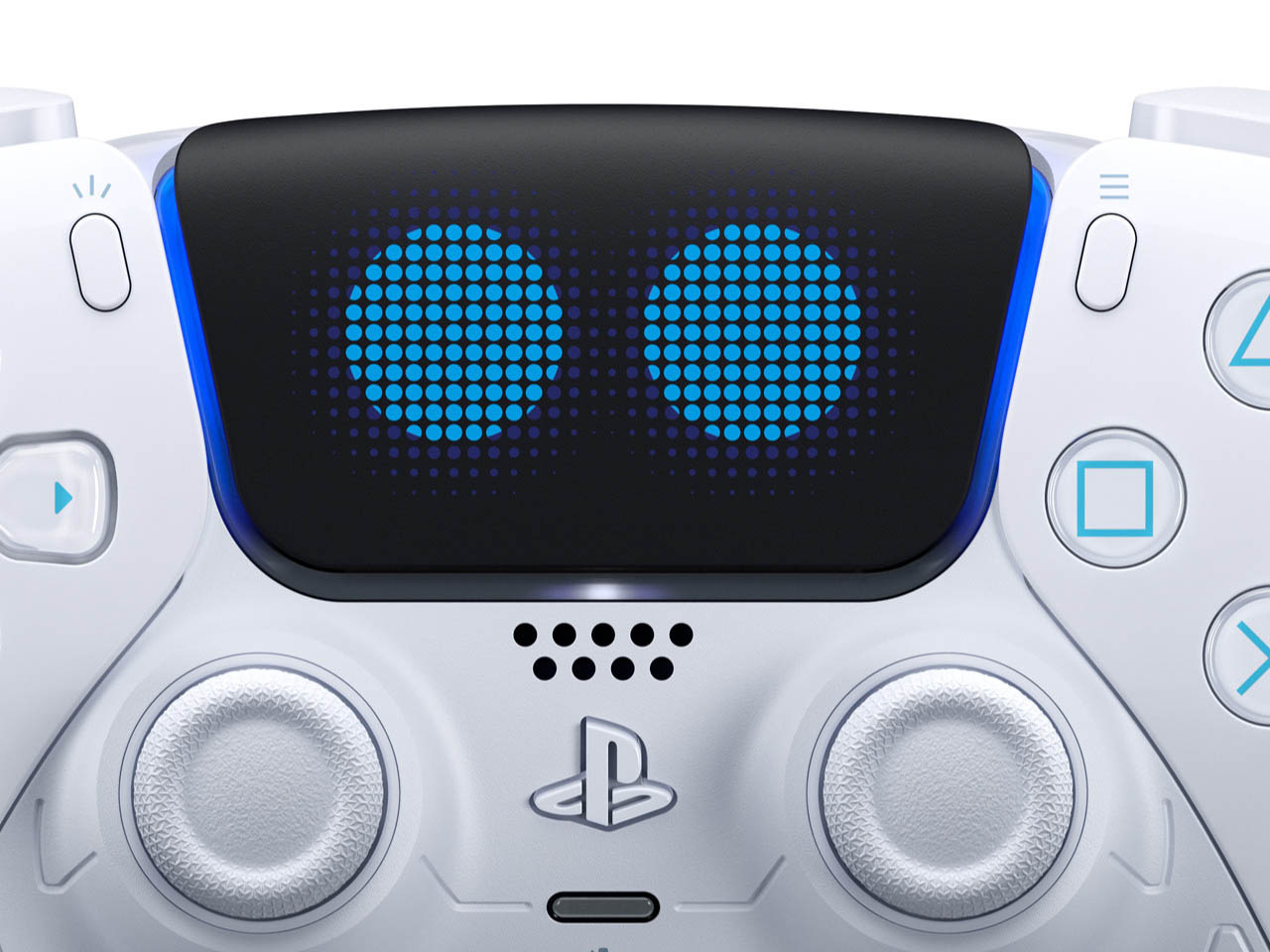
The sensory feeling is matched with the sound effects for a complete experience of the upcoming title. The blue accents on the handles and buttons are carved in a sci-fi theme which makes owning this controller special. If you too love Astro Bot, it’ll be a wise decision to hit the pre-order button when the floodgates open. For those who already own the standard DualSense version, it would make more sense to go for the feature-loaded DualSense Edge controller.
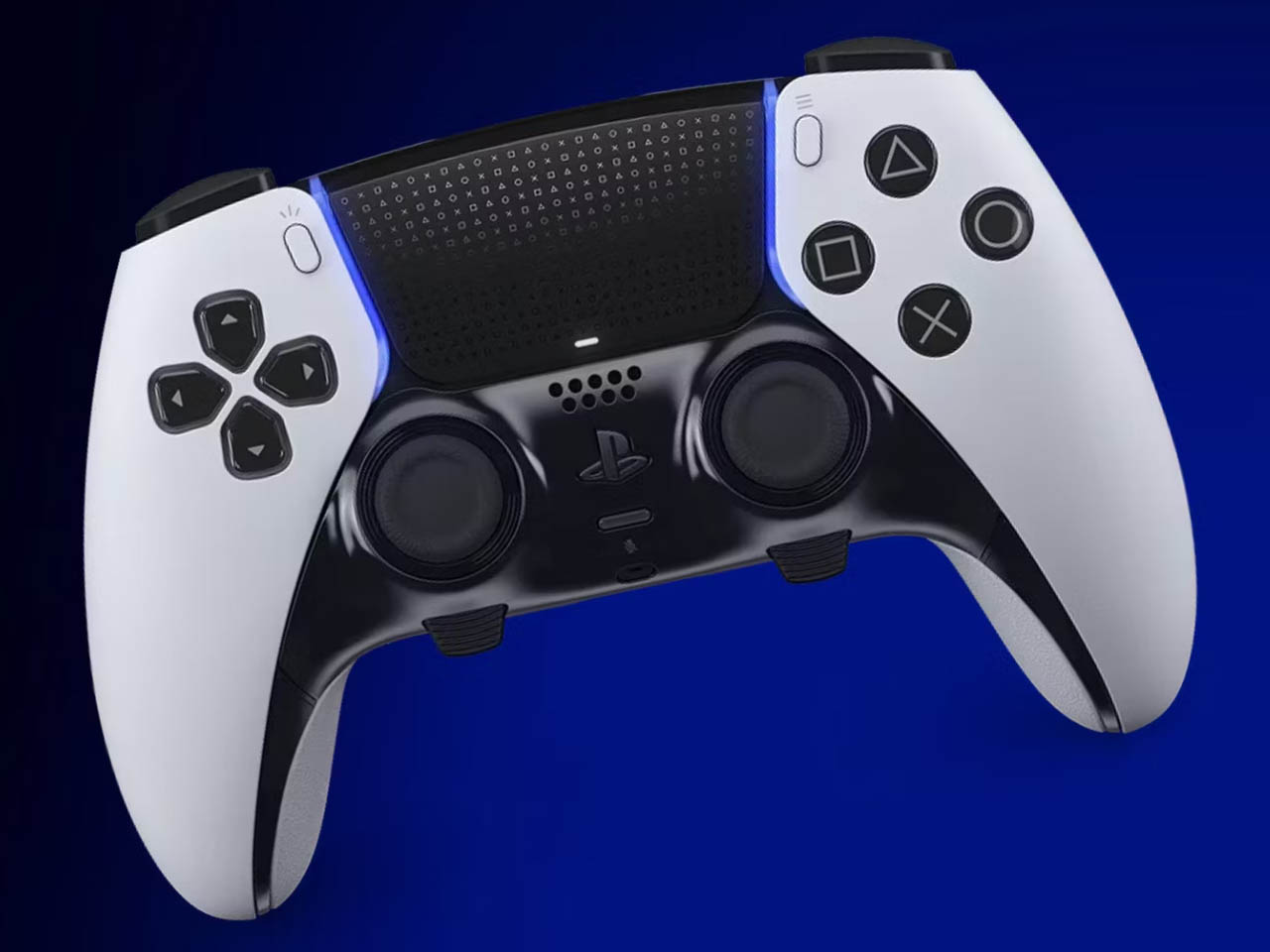
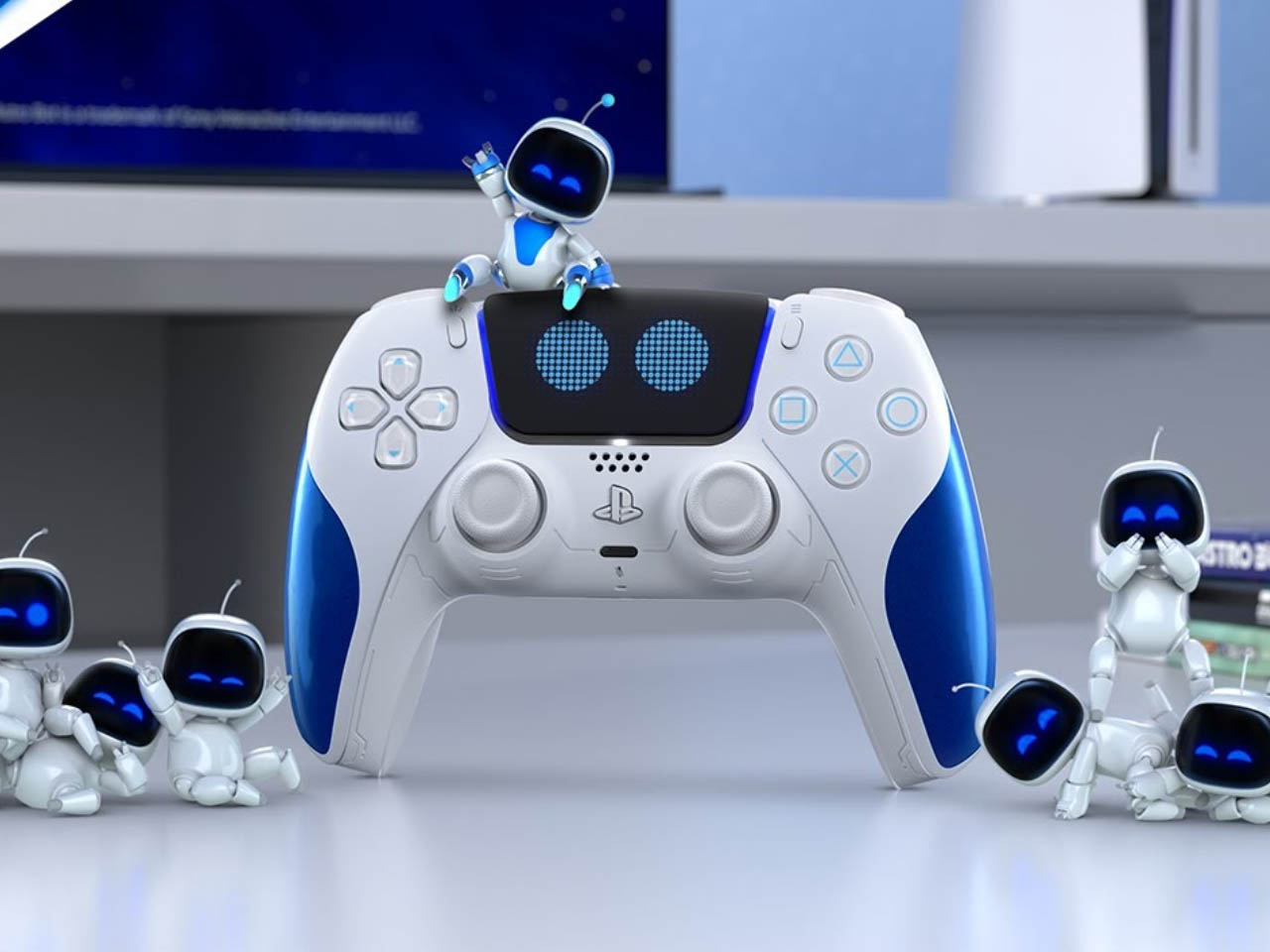
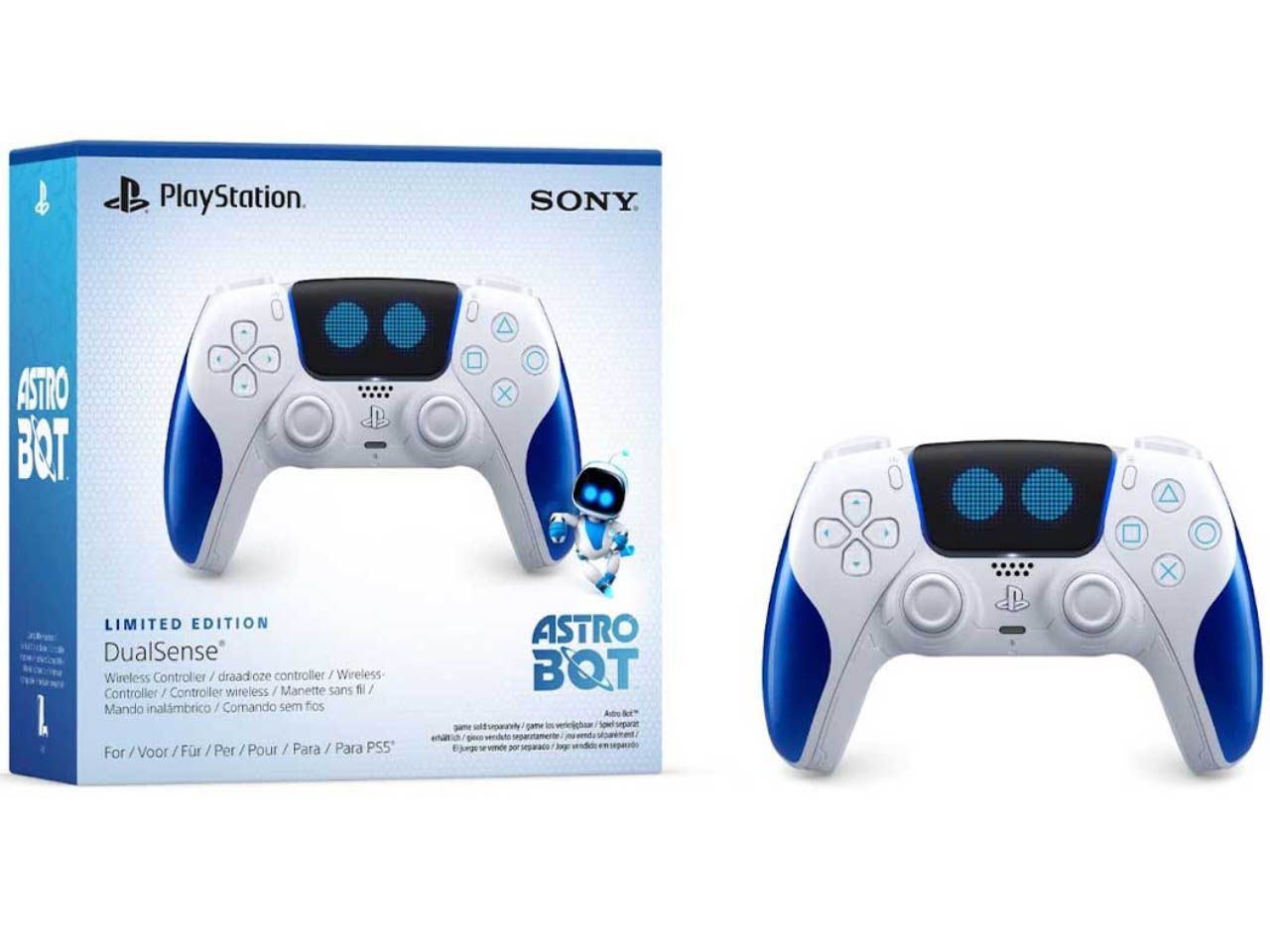
The post Sony Astro Bot-Edition PS5 Dual Sense controller is a livened-up peripheral with Googly Eyes first appeared on Yanko Design.
“Ten years from now, we will be living in a more multi-layered world where physical and virtual realities overlap without boundaries,” says the entertainment and hardware company. With the number of pies they’ve got their fingers in (you remember they even announced a car a few years ago?), it makes sense for Sony to operate not one but ten steps ahead to make sure they’re leaders in every single industry they’re in. That even means condensing a home theater to a size small enough to fit around your neck). Today, the company unveiled their Creative Entertainment Vision, a demonstration or visualization of what Sony wants the future to look like. It’s a practice that a lot of companies do, helping consumers, investors, and even competitors understand what direction technology and innovation are going to go in. Sony doubles down on mixed reality and spatial entertainment in this segment (they aren’t, after all, an enterprise or productivity company), showcasing a few unique concepts that feature holographic floating screens, absurdly futuristic gaming controllers, and super-slim spectacles that transform into AR eyewear.
Designer: Sony
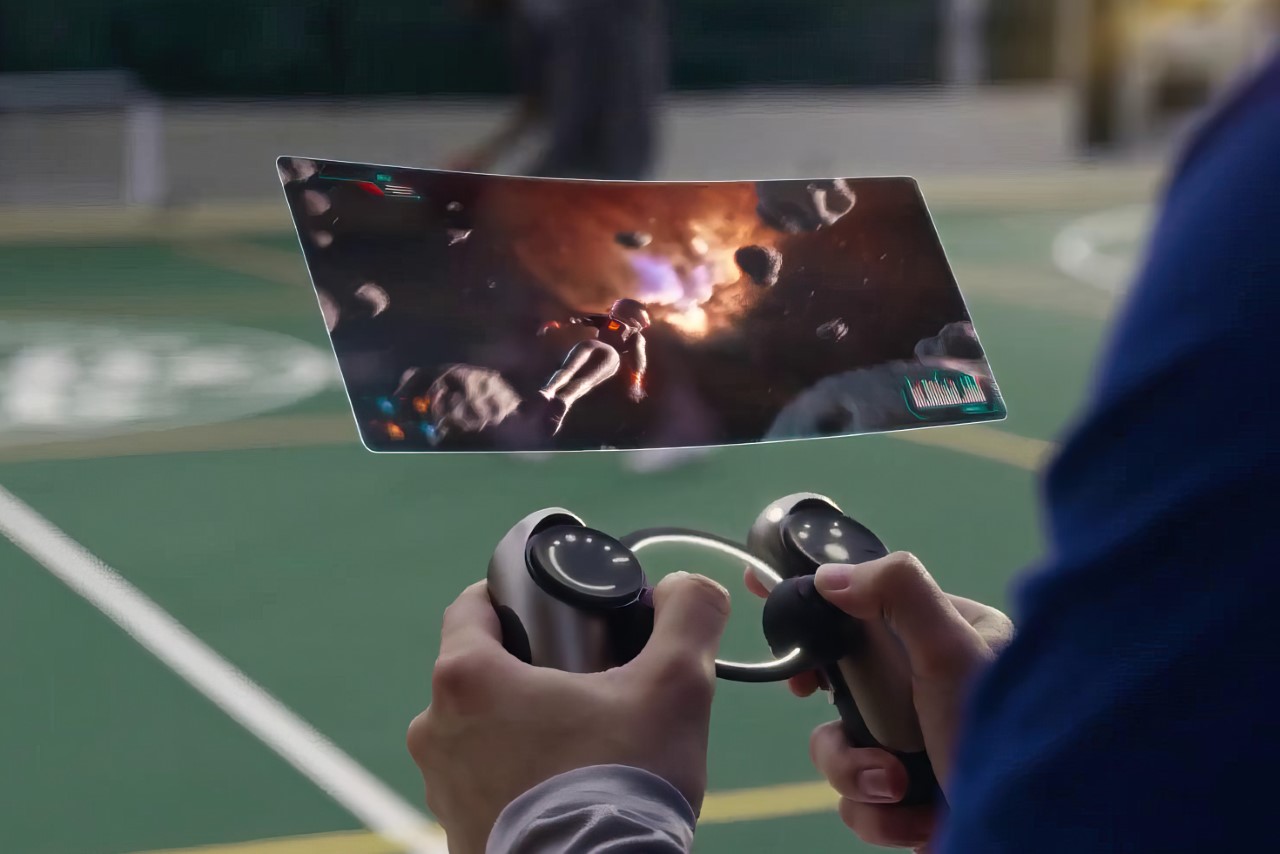
Somewhere around the 1-minute and 12-second mark, Sony reveals a few very interesting concepts. One of them is what looks like a futuristic PlayStation controller with its own holographic screen. The controller itself looks familiar yet nothing like any controller we’ve seen. It features a hollow center with two grips on each end. The center is supposedly where the holograph projects out of, while thumb-pads on the left and right come with unusual controls to help maneuver the game. The controller is also space-aware and can be tilted as a means of input.
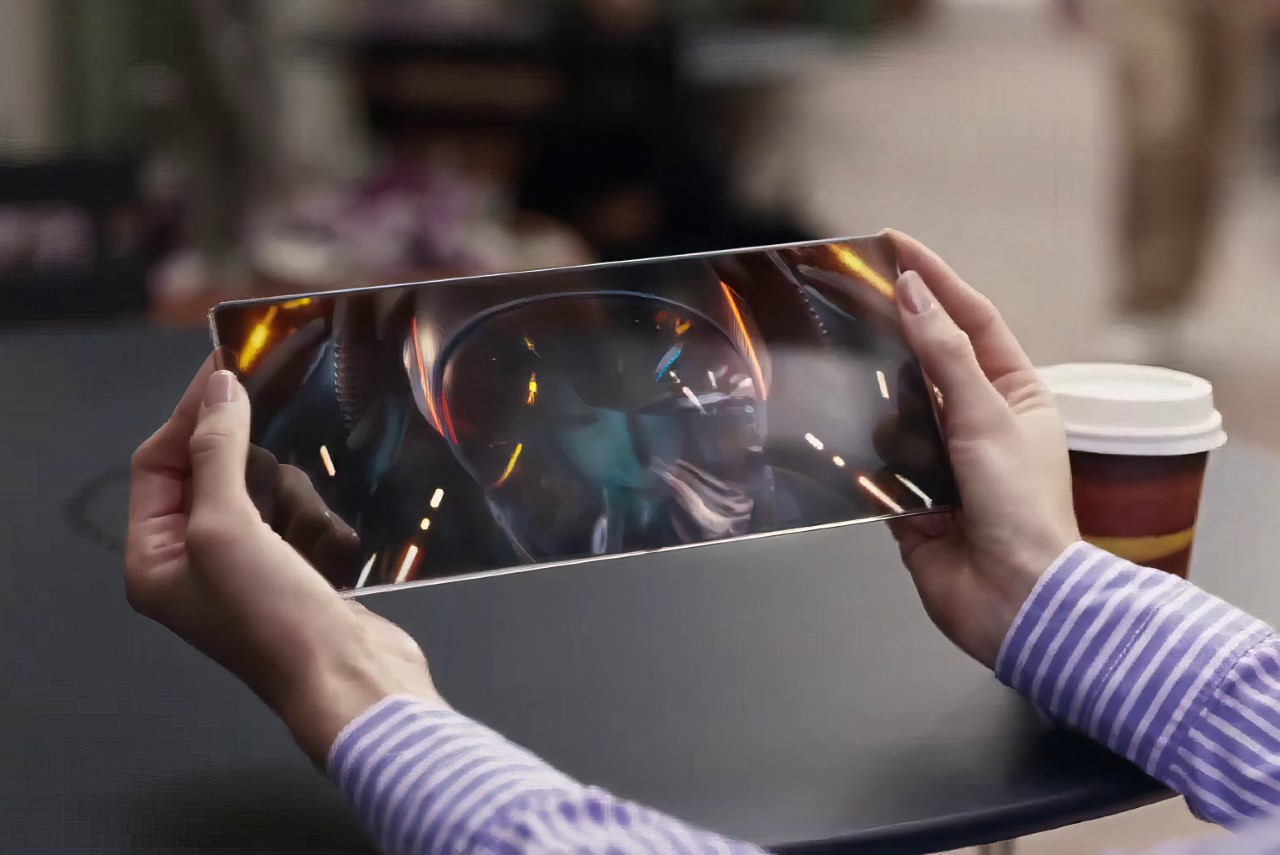
Another concept was a tablet that looks like, as Apple likes to call their iPad, a slab of magic glass. Except, this does feel like glass and the experience is tantamount to magic. There are no bezels, no cameras, not even any perceived electronics. The glass is transparent when the screen is off, and translucent when you’re watching stuff, so you can still see through it.
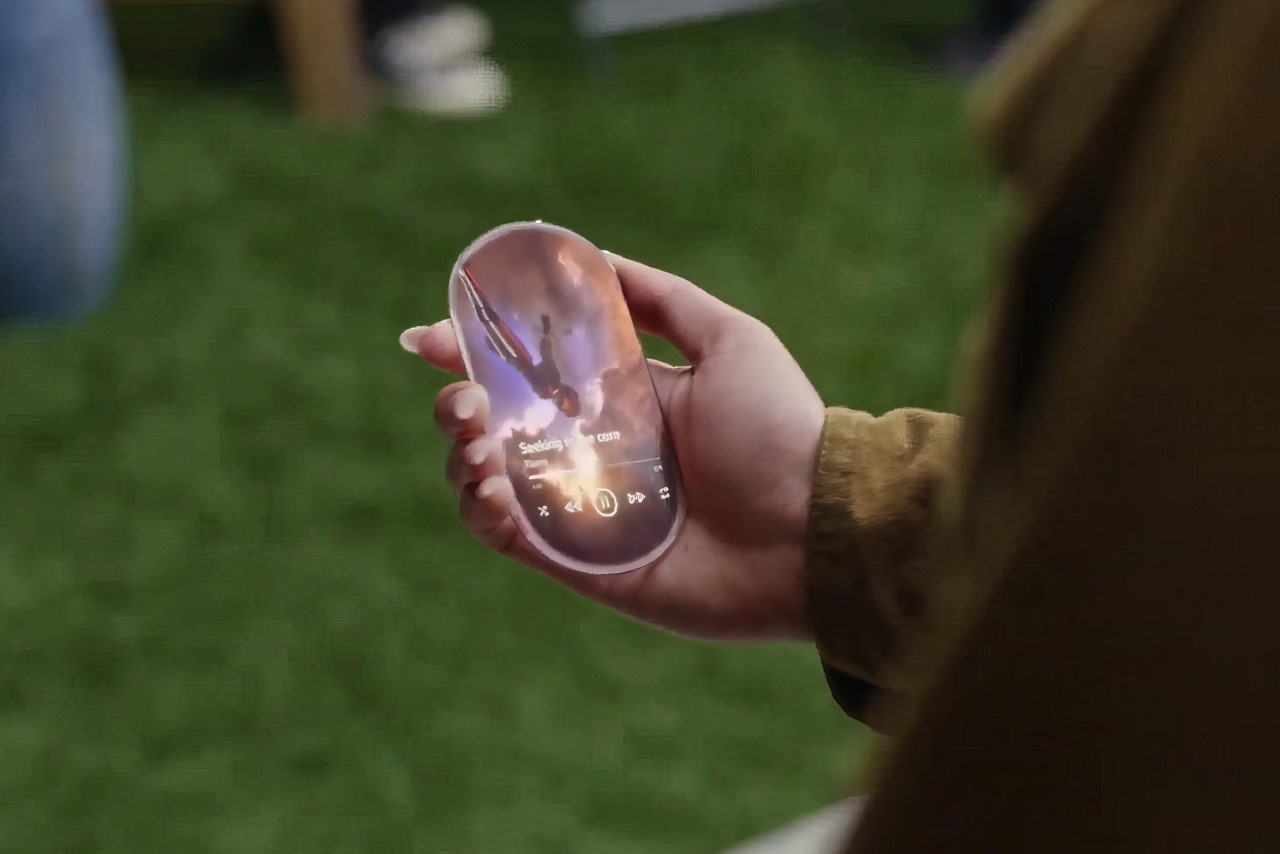
The third is an extension of Sony’s tablet vision, but in the form of a smartphone. According to Sony, the future of phones isn’t rectangular slabs of glass, it’s capsule-shaped oval slabs of glass. I don’t know what that says for the future of videos and TikTok, but this new form of screen real estate feels unique for sure. Sony displays a music interface on this mobile device, with album art practically existing from edge to edge. The games, videos, and music in all the concepts above are connected to Sony’s hit PlayStation game Horizon Zero Dawn.
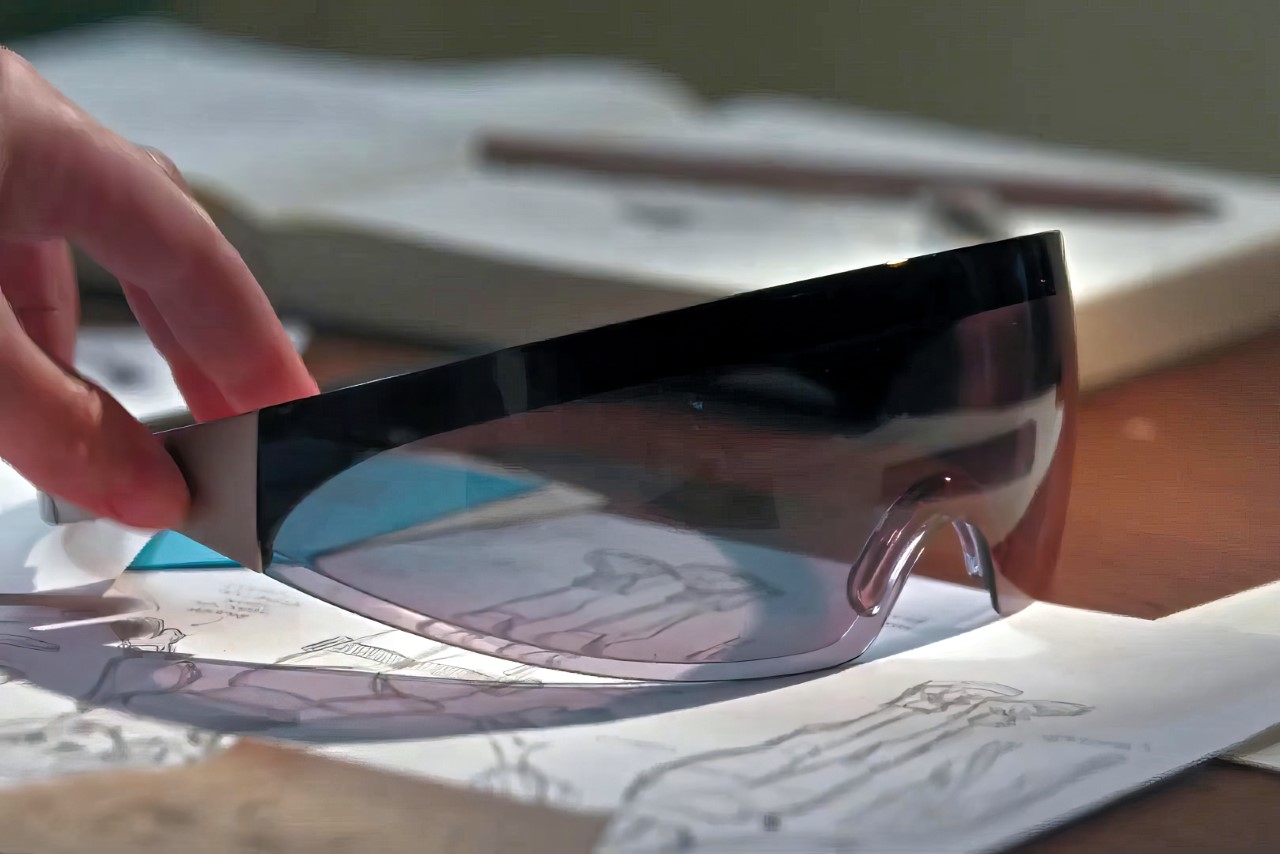
These concepts are also coupled with a set of AR glasses that completely immerse you in a virtual world. As slim as a pair of sunglasses albeit with ski goggle-style eyepieces, this concept piece offers a kind of immersion even the Vision Pro can’t promise. You’re turned into a full-body AI avatar, immersed in a virtual world that exists separate from reality. Made more for entertainment, it lets you play games, interact with people, or even see movies in a way that you never have before. Sony even previews a scene where the city’s streets are filled with ghosts and a giant Pillsbury Dough Boy trods across buildings, lifted right out of the Ghostbusters movie.
While these concepts don’t specifically confirm what Sony plans to release in the near future, it’s important to understand their ‘vision’ of what’s to come. Ideas change based on consumer feedback and technological innovation, but in an ideal world, Sony believes the future will be about crafting new and wonderful realities, and living in stories instead of watching or playing them.
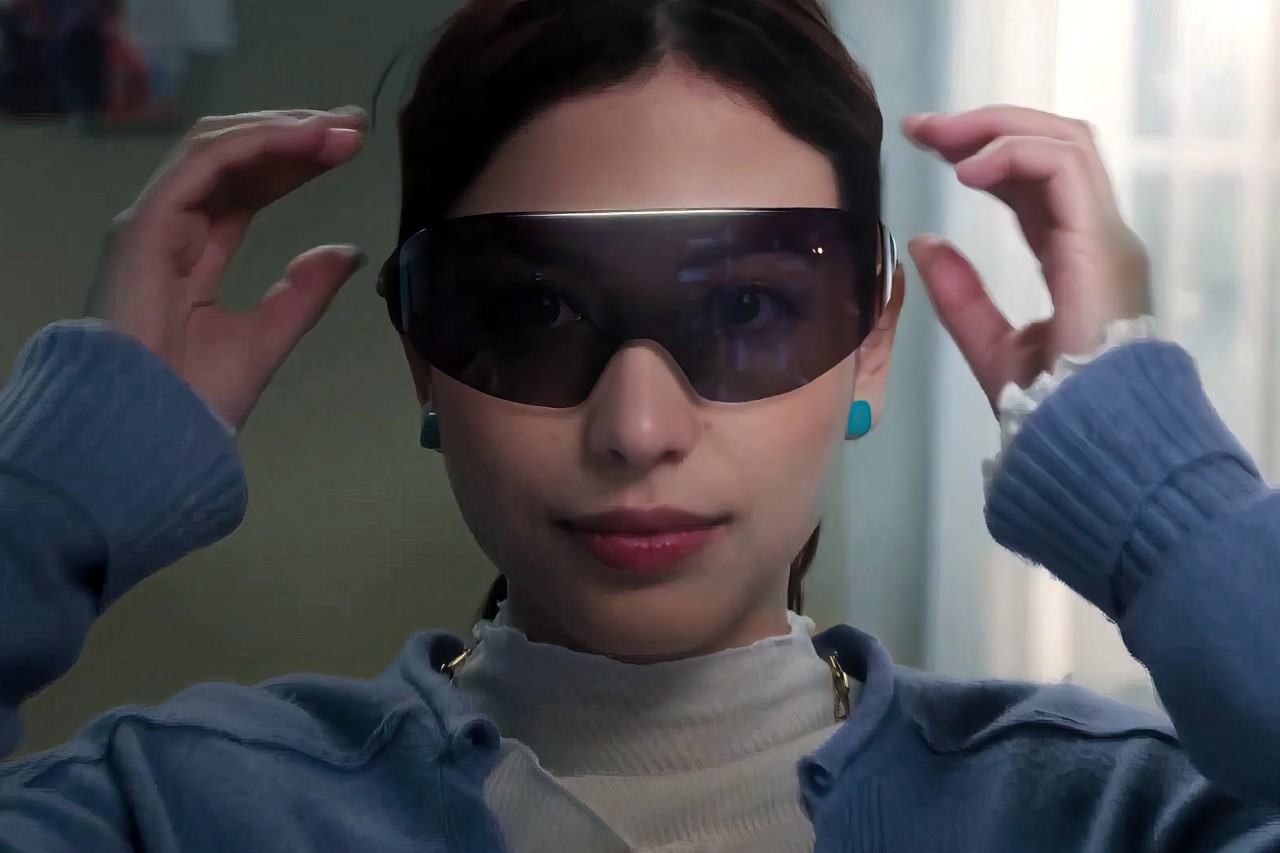
The post Sony Teases Futuristic Phones and PlayStation Controllers for the Coming Years first appeared on Yanko Design.